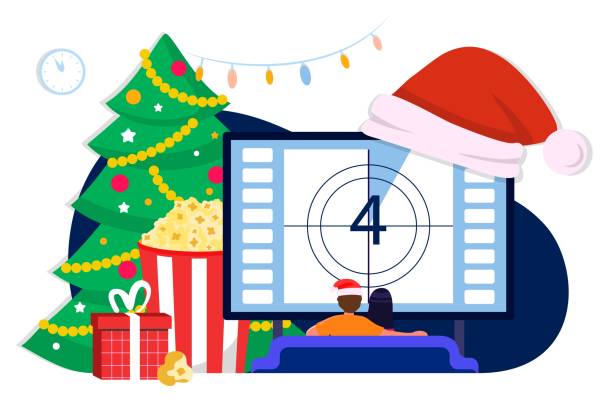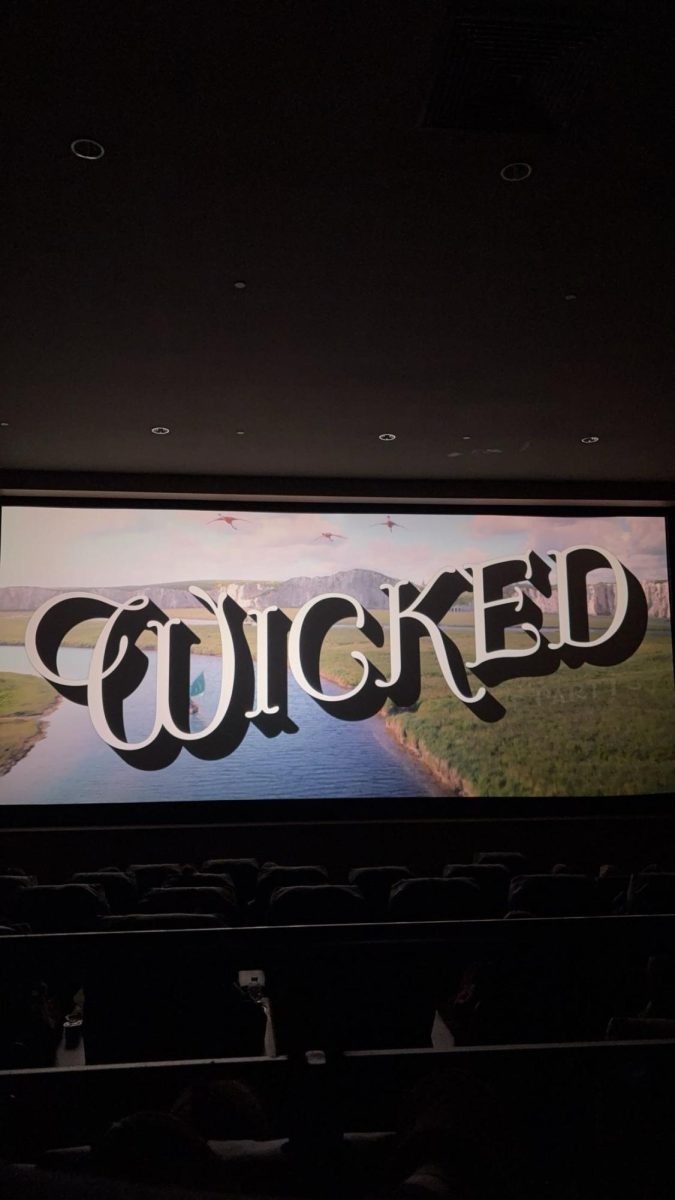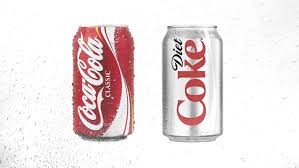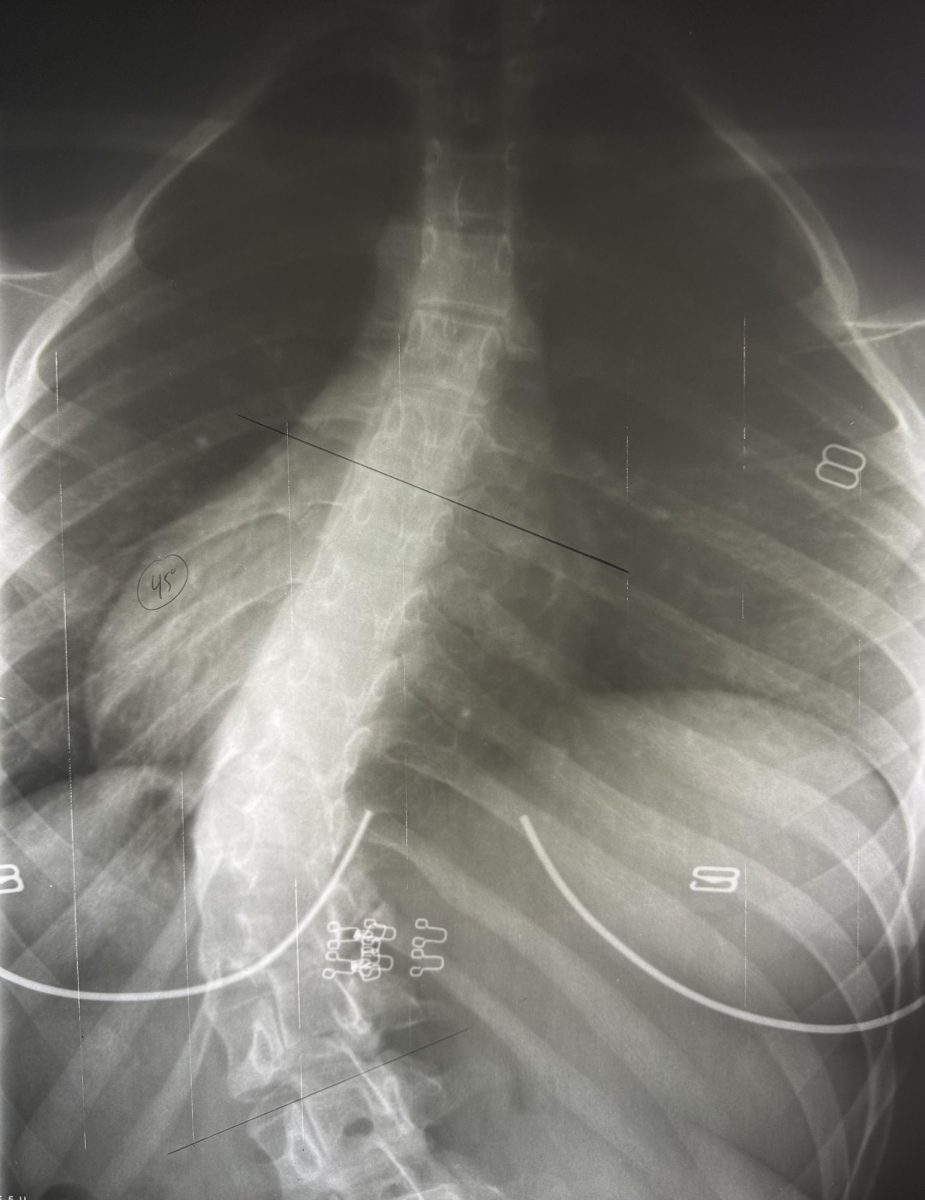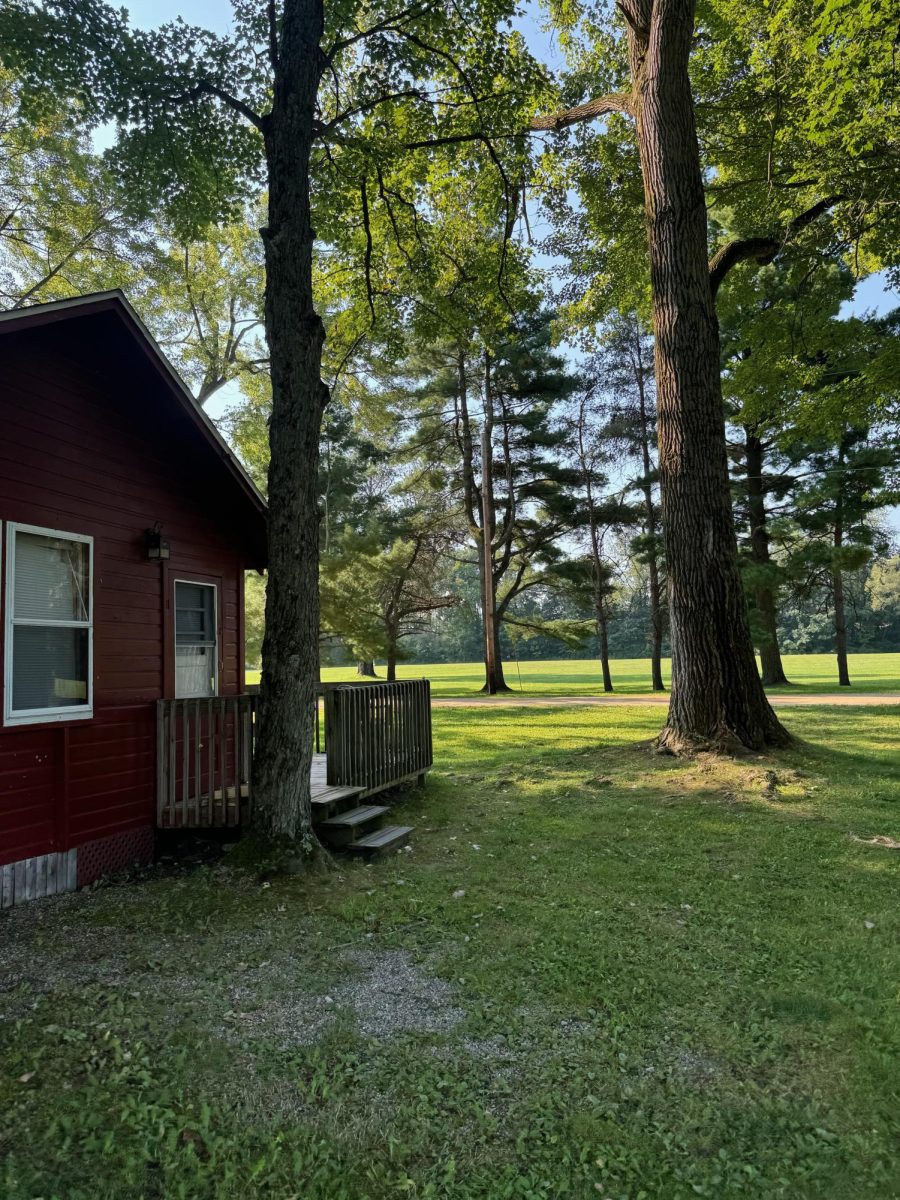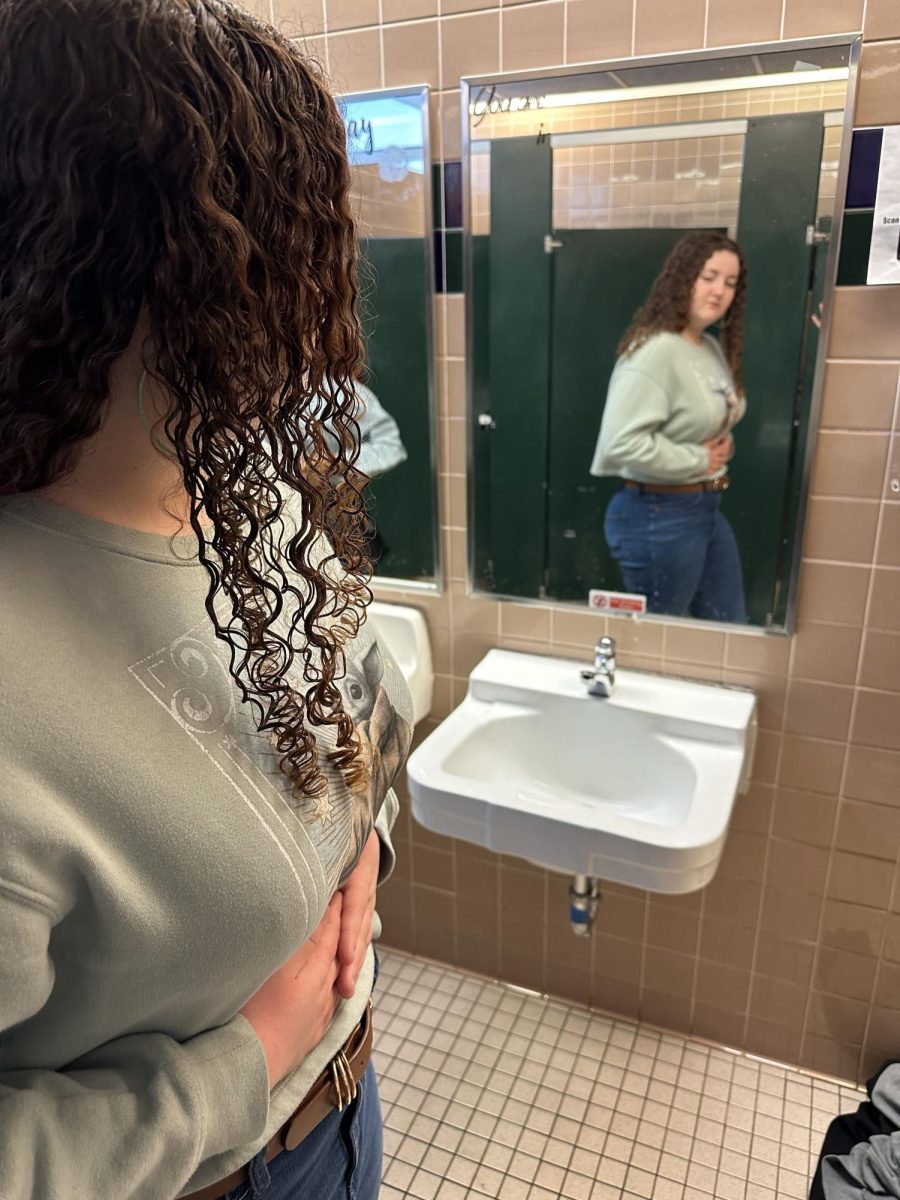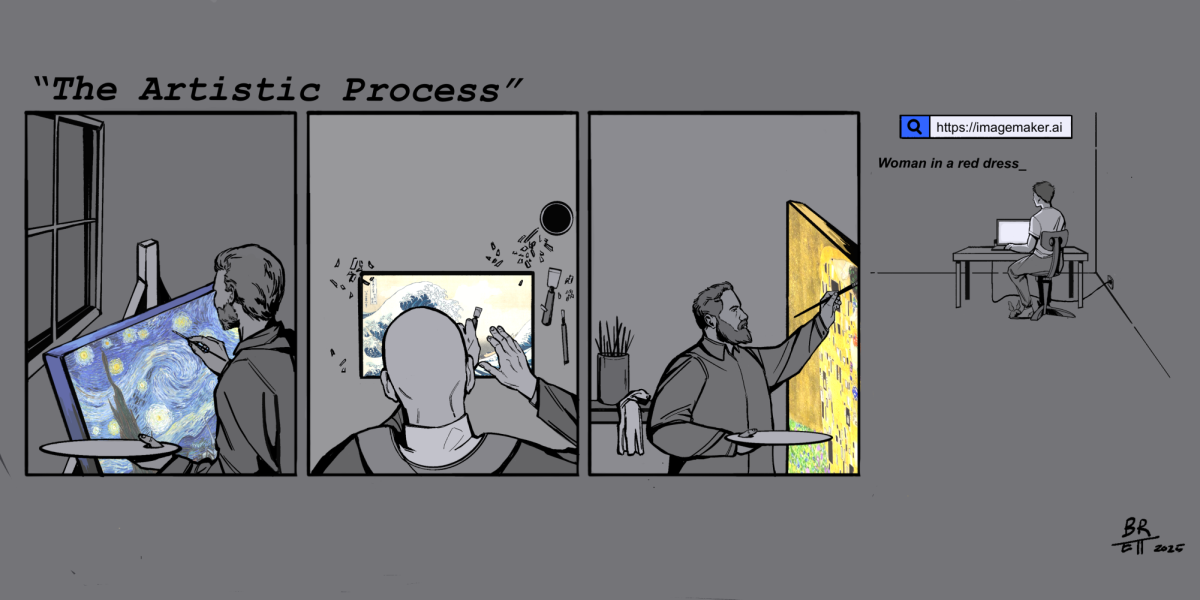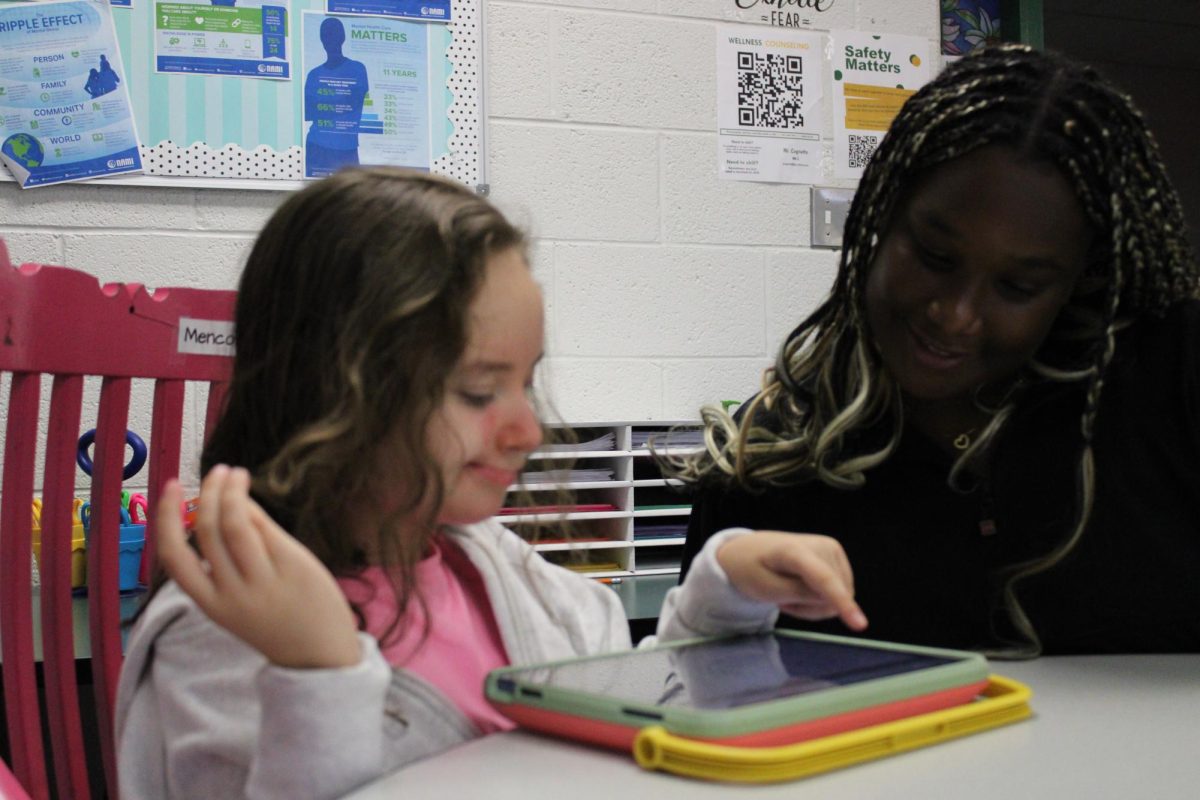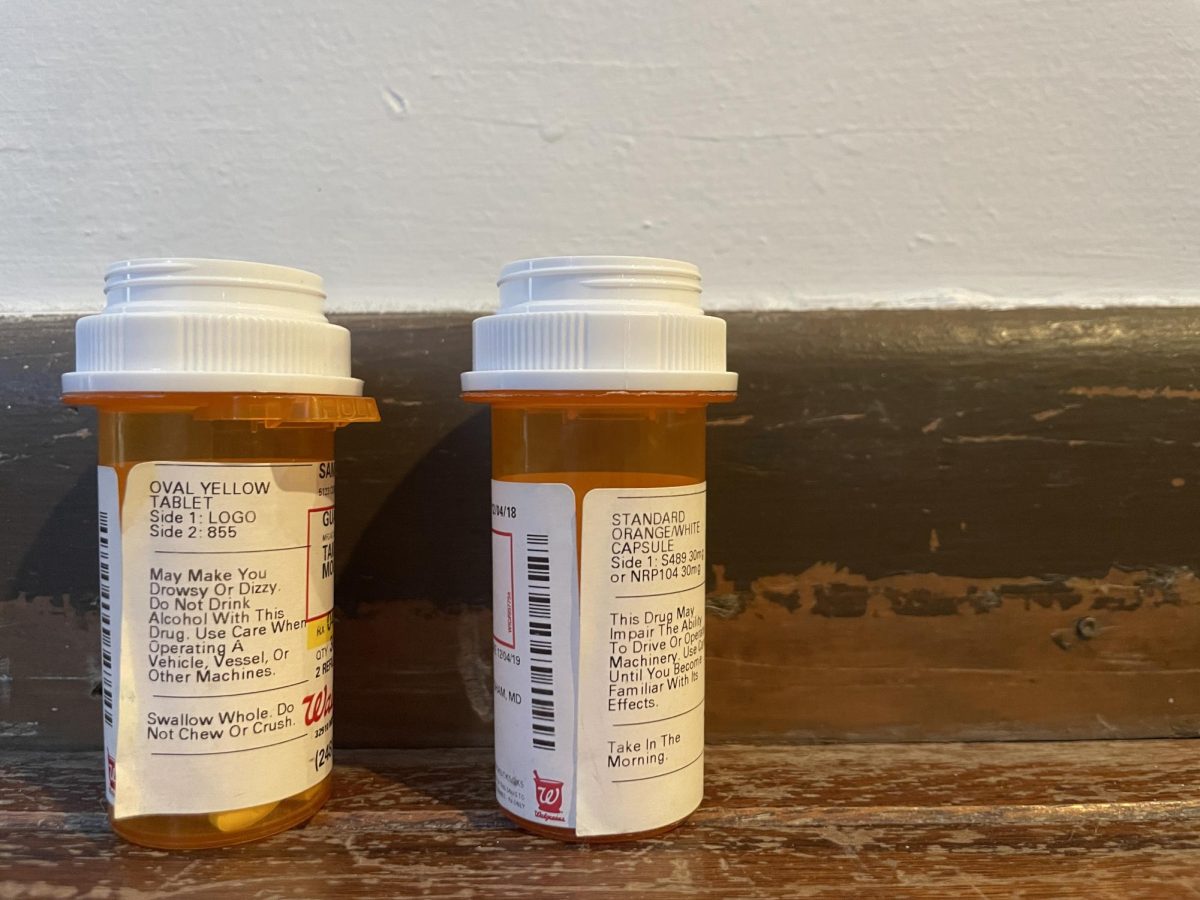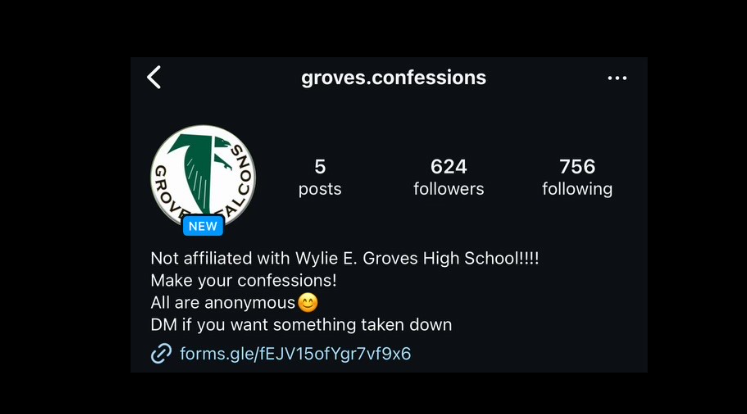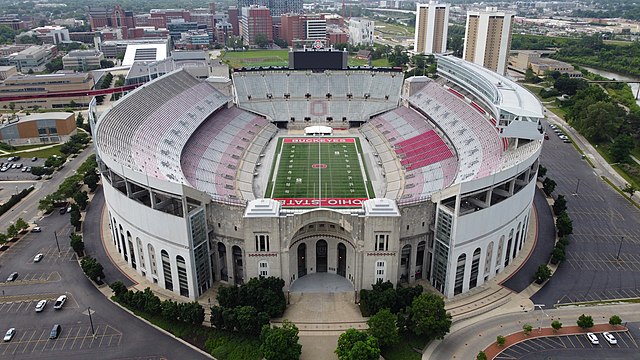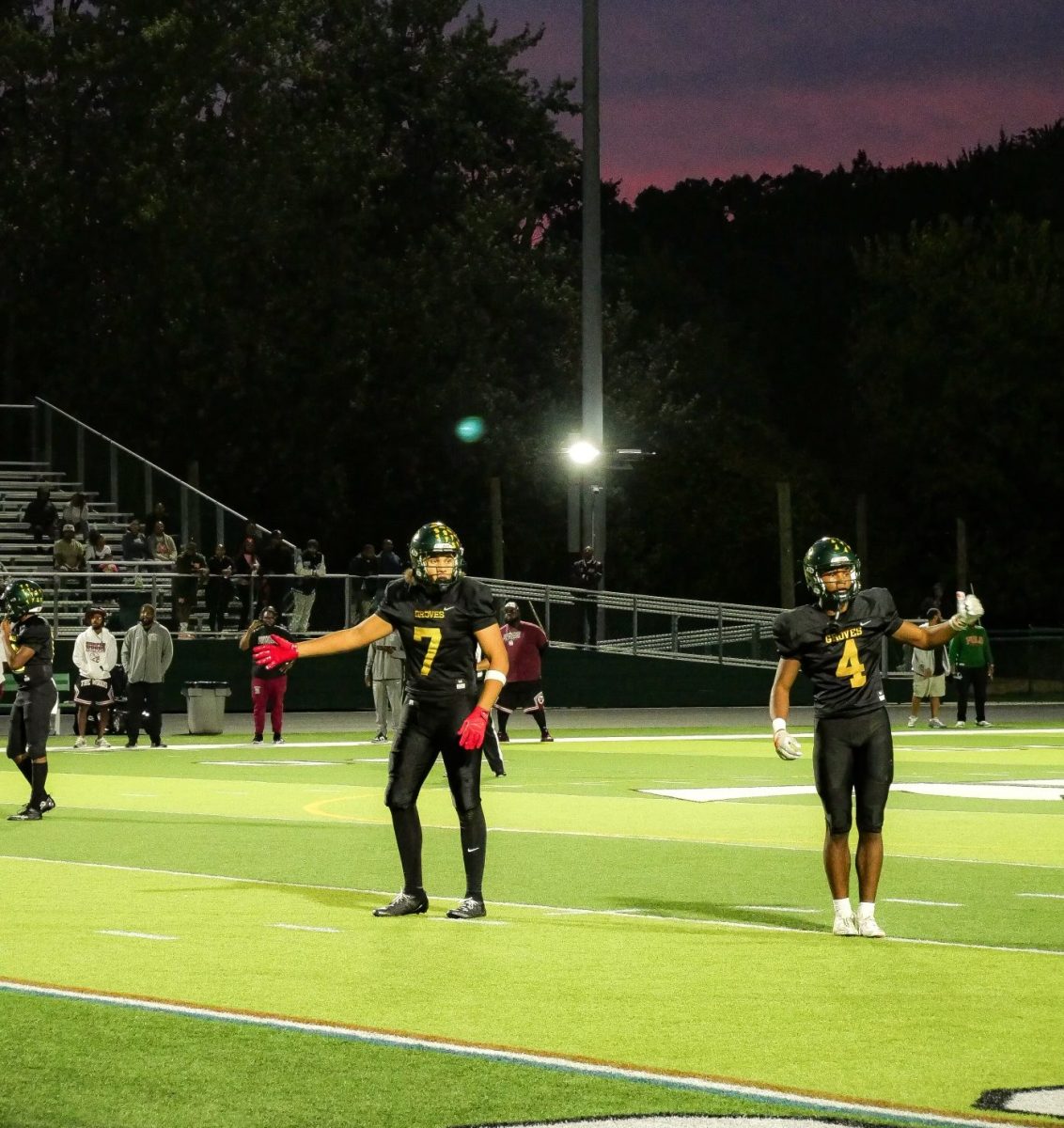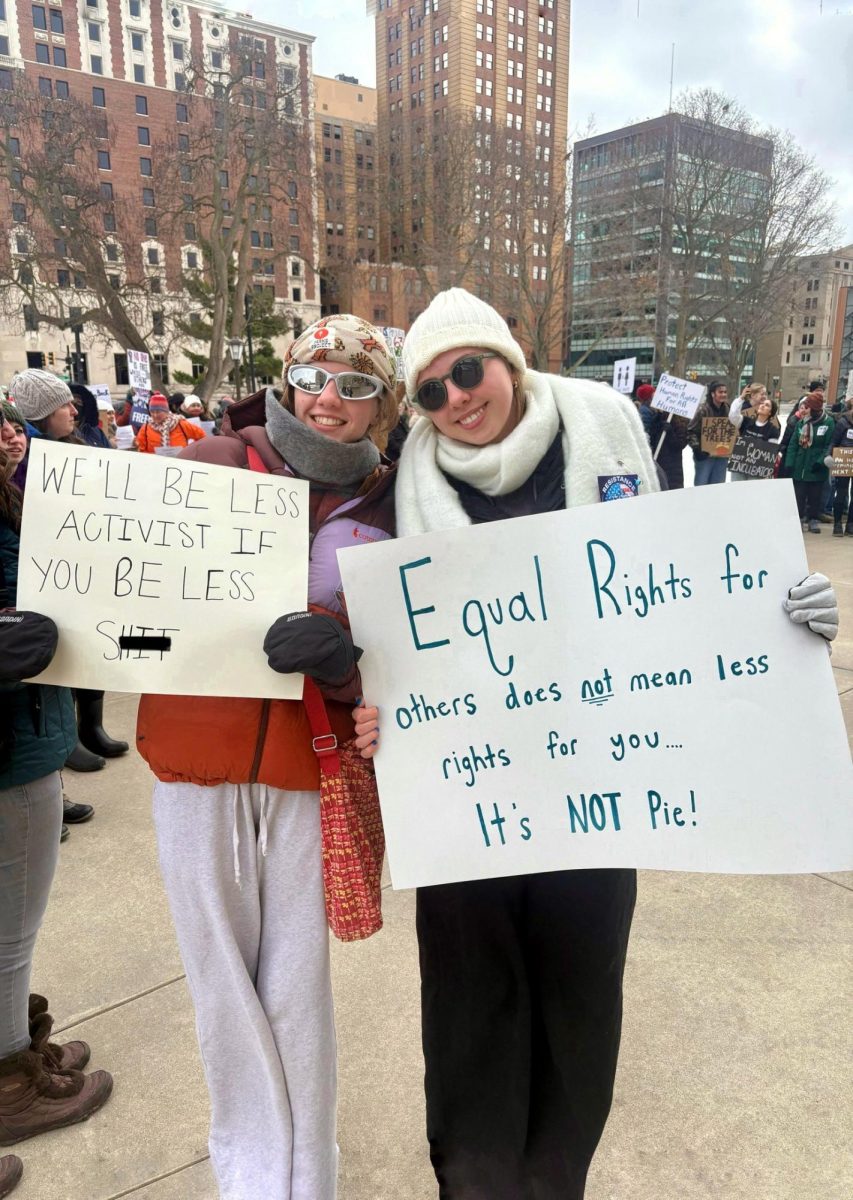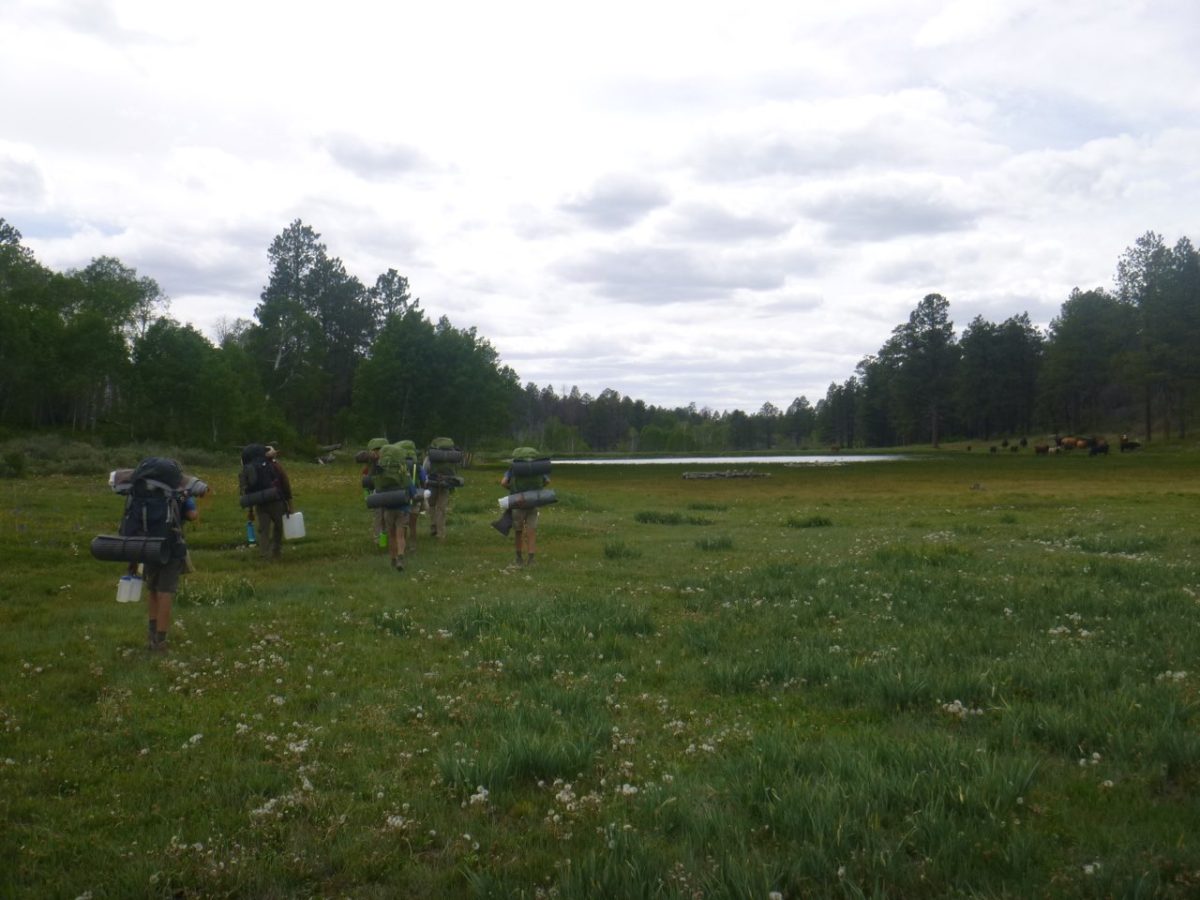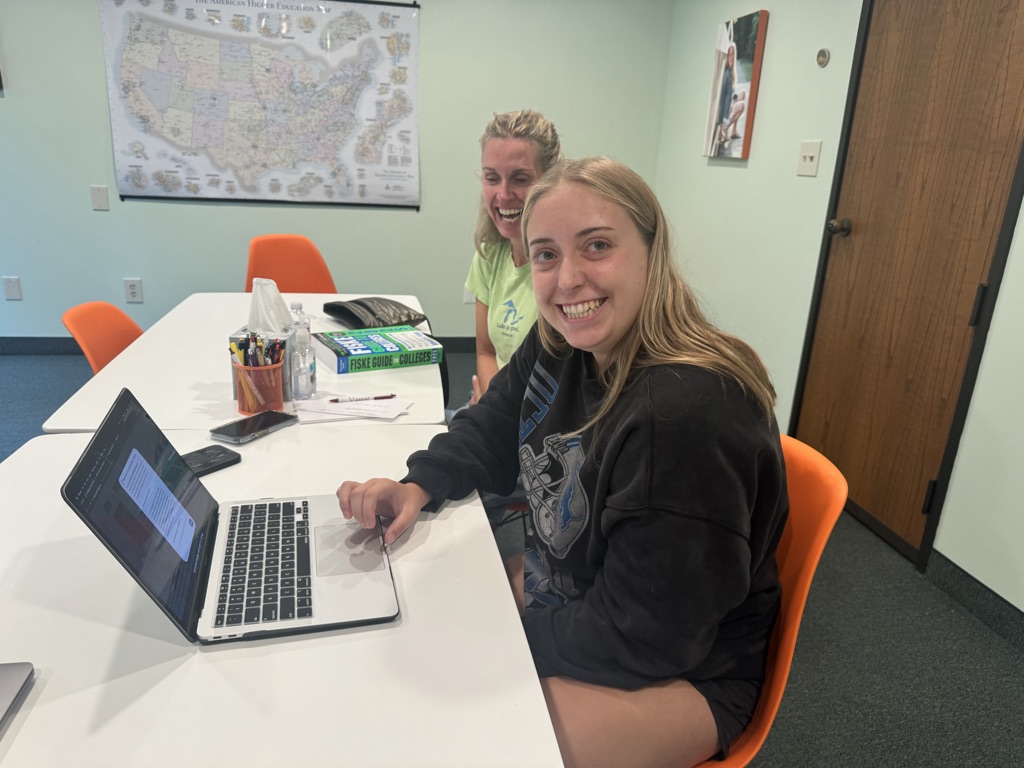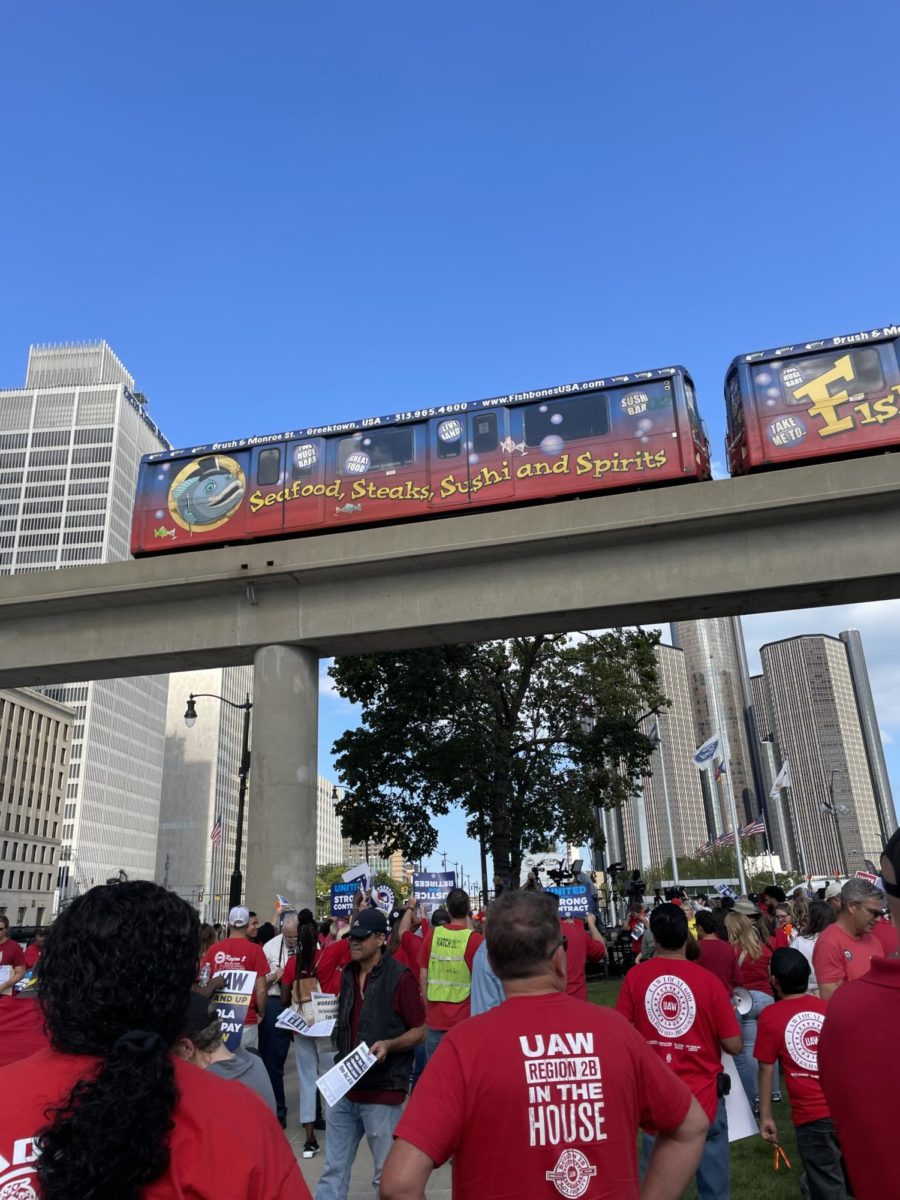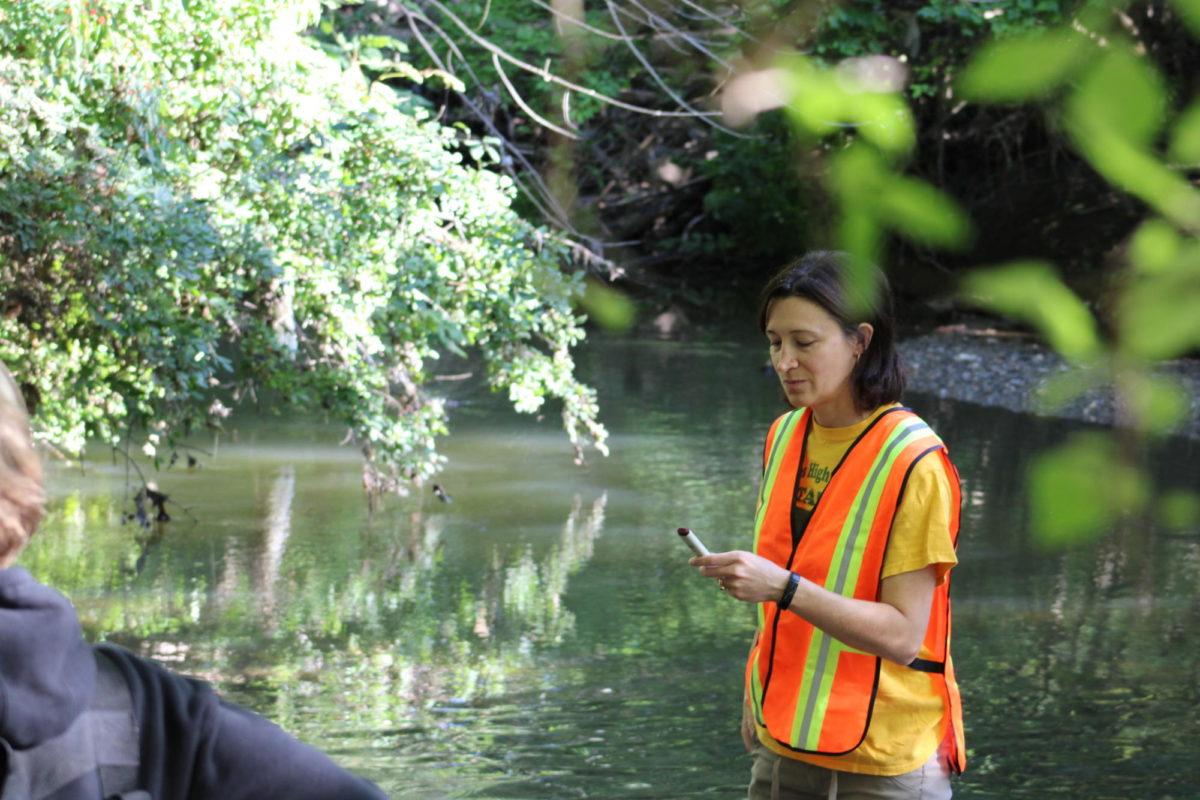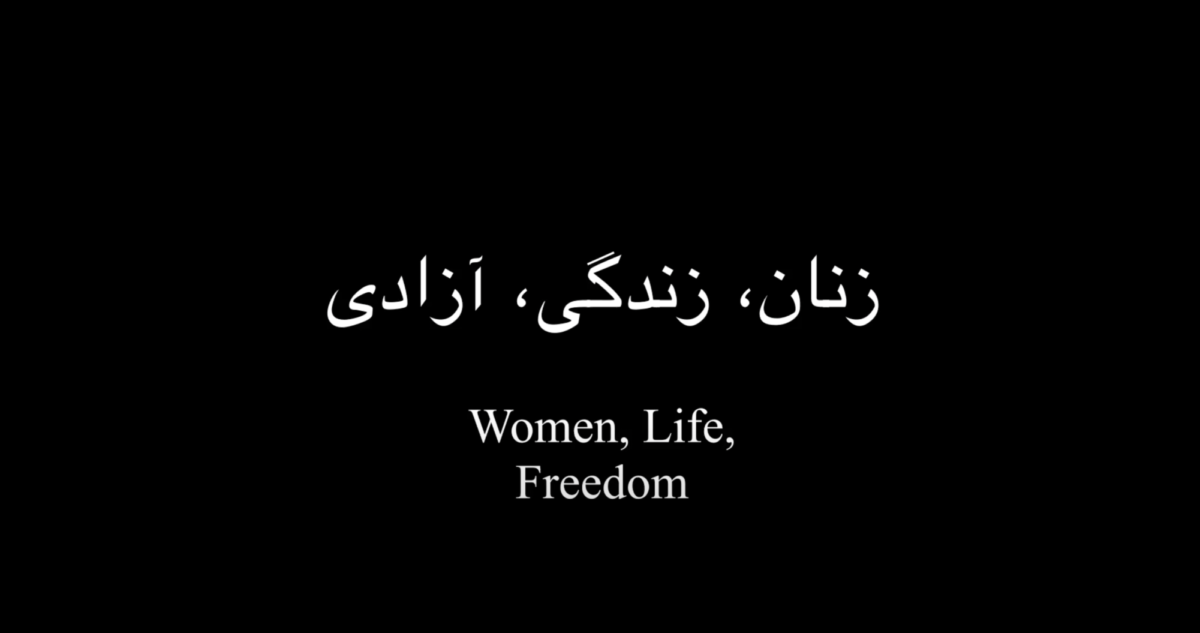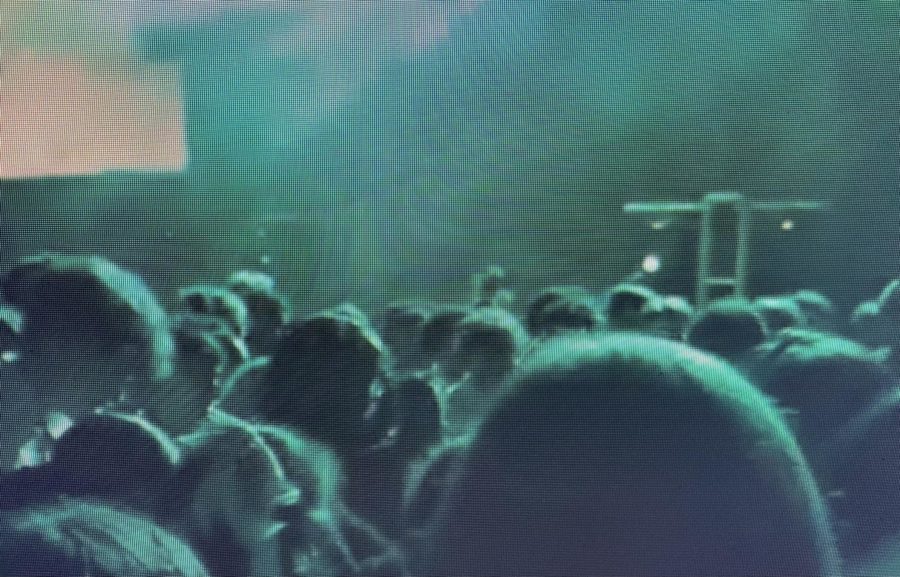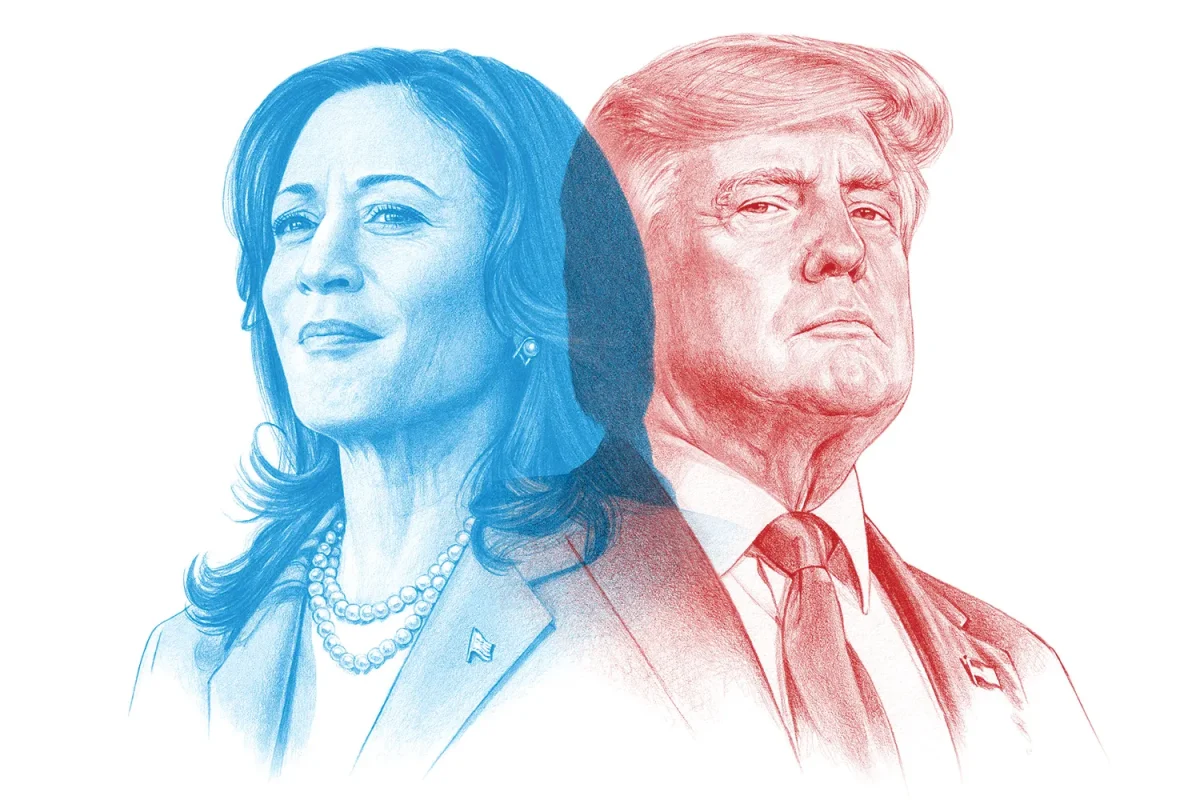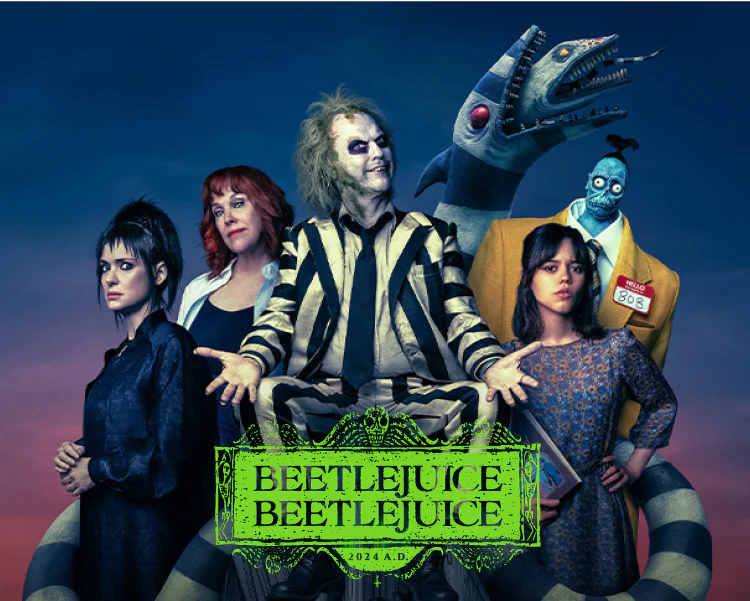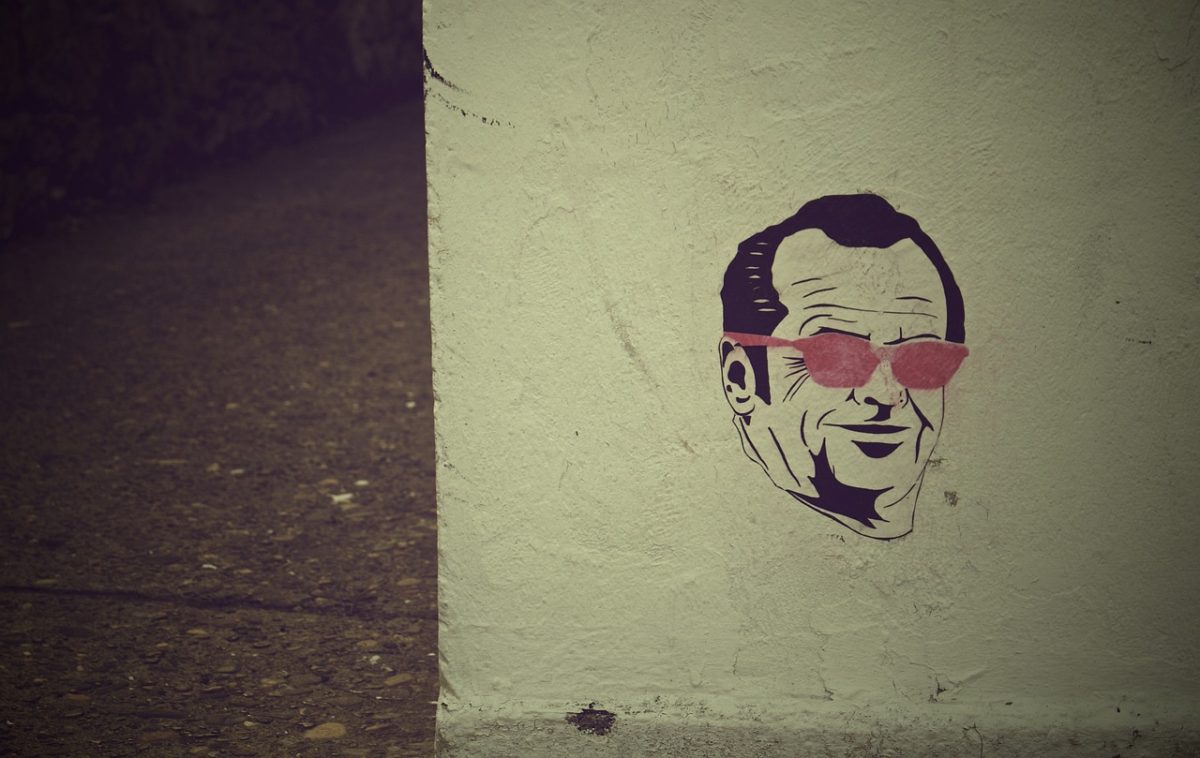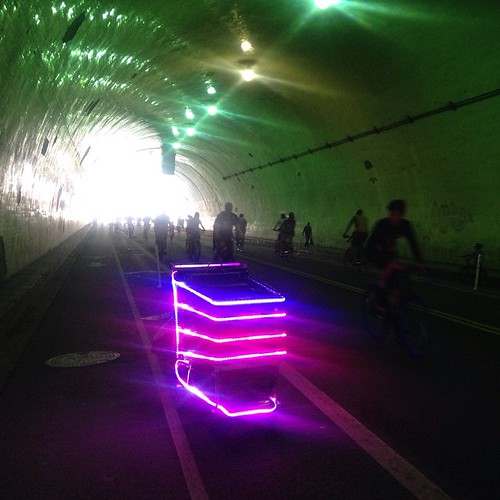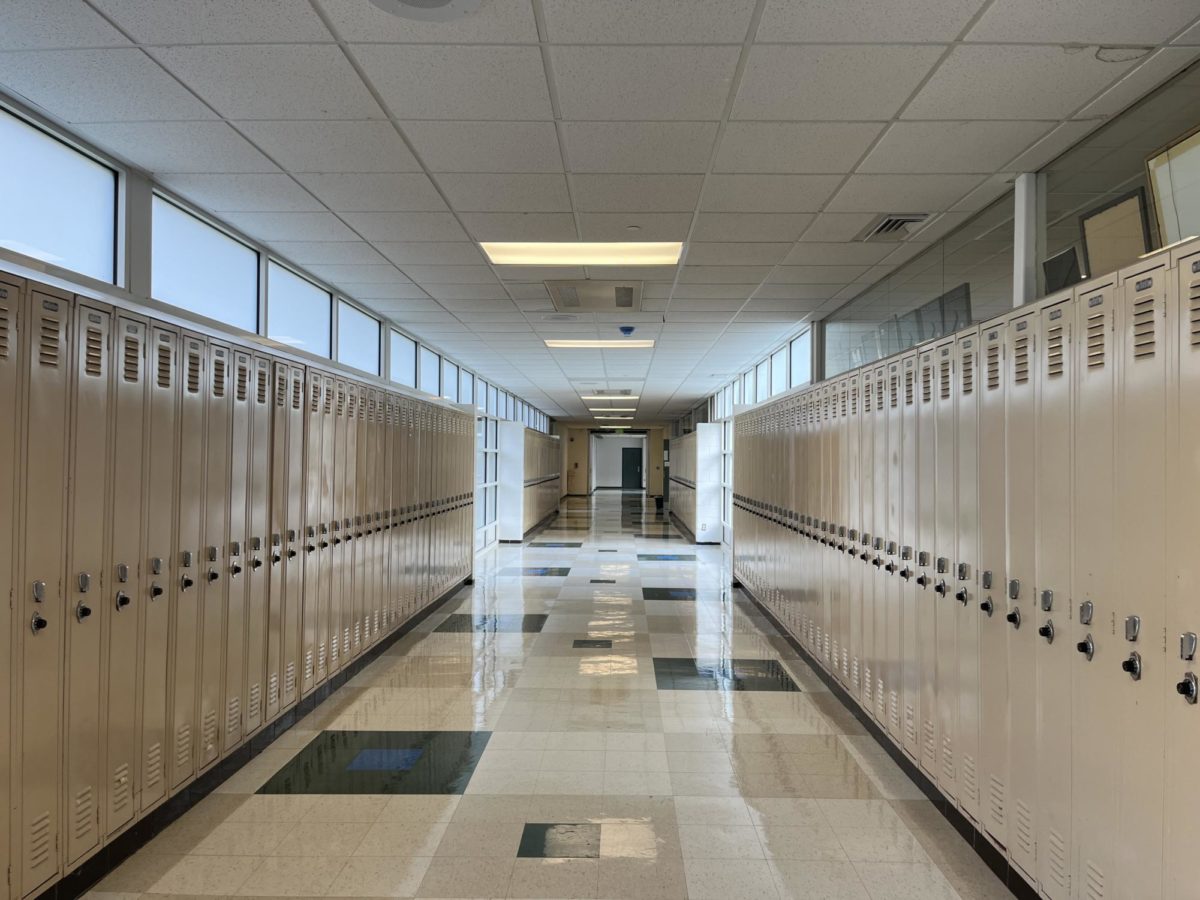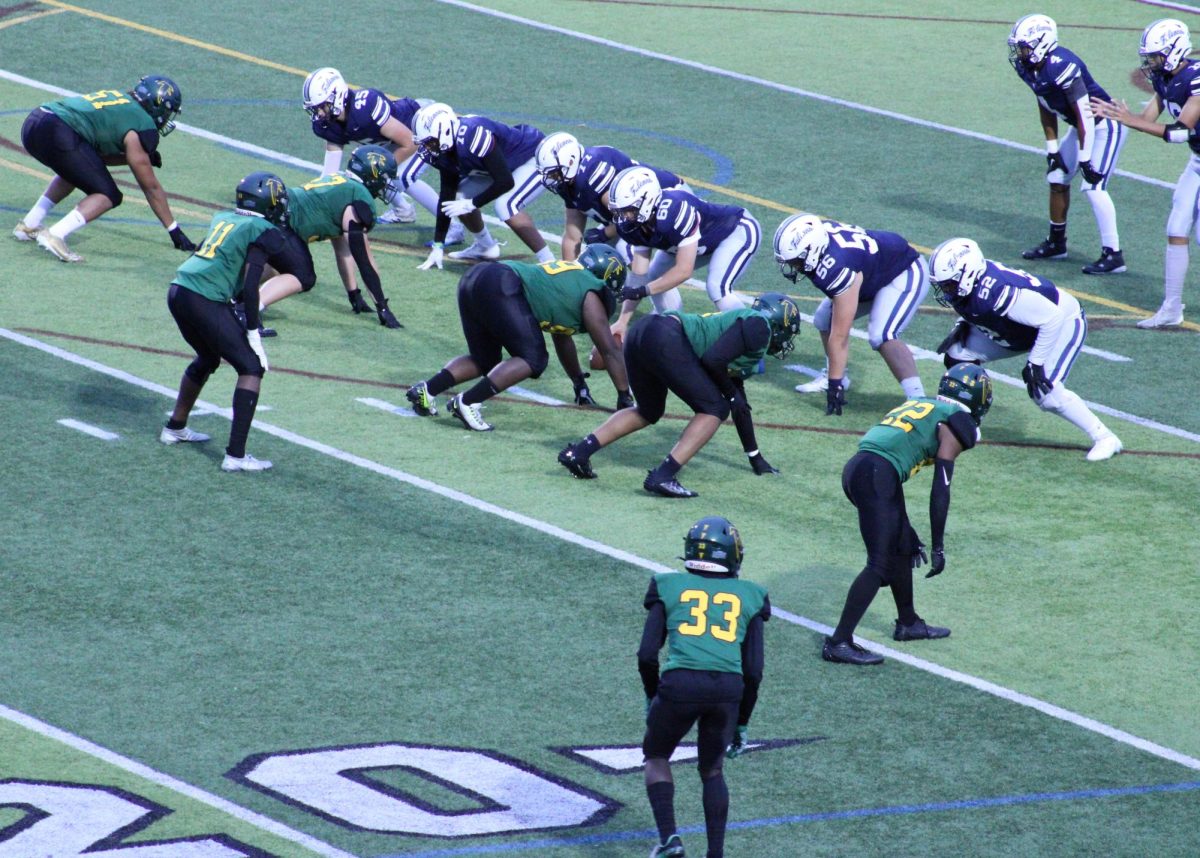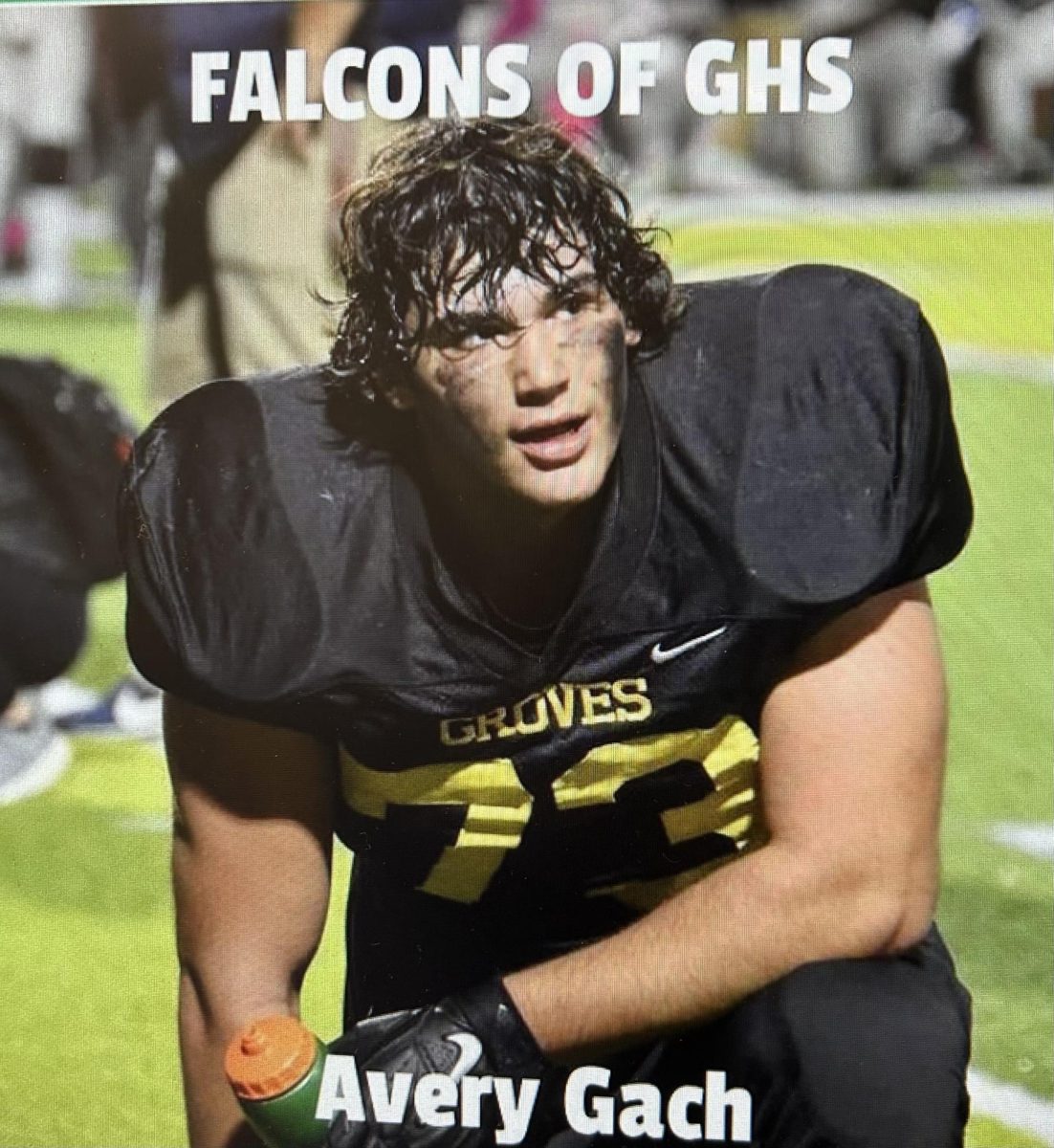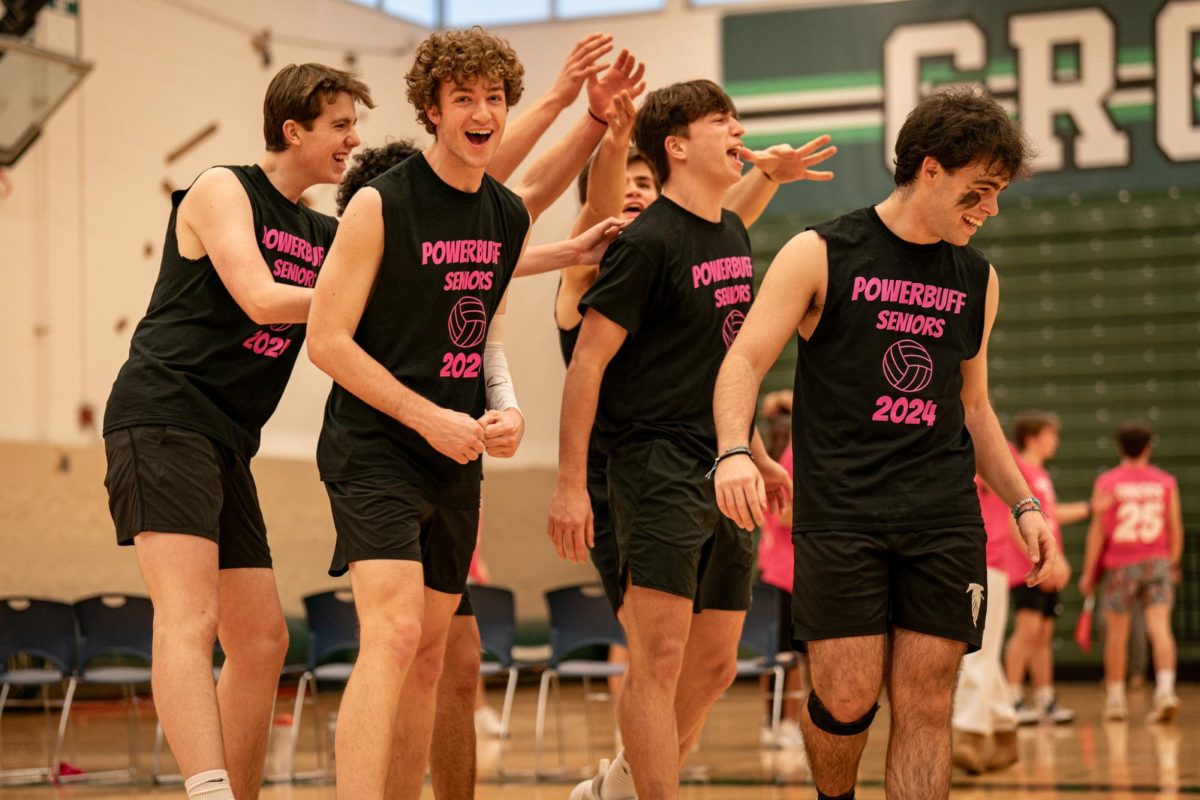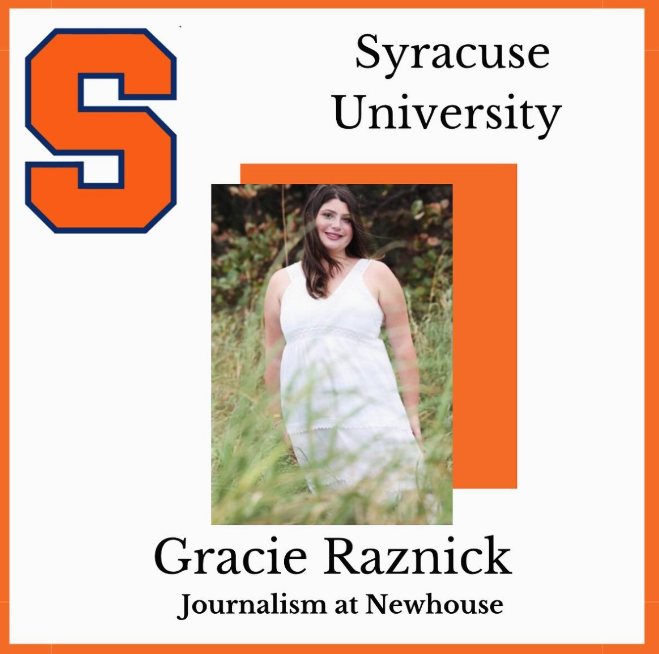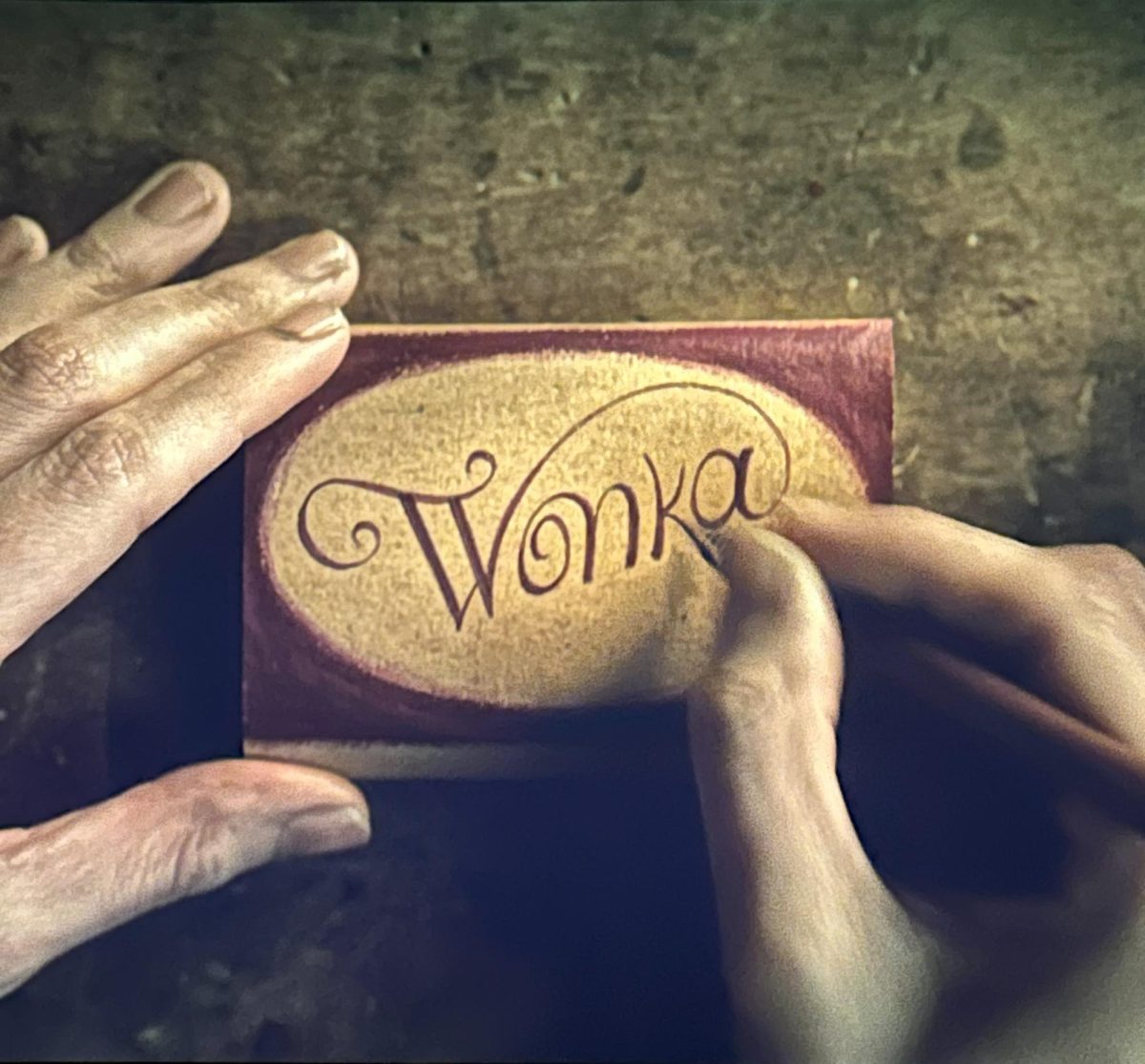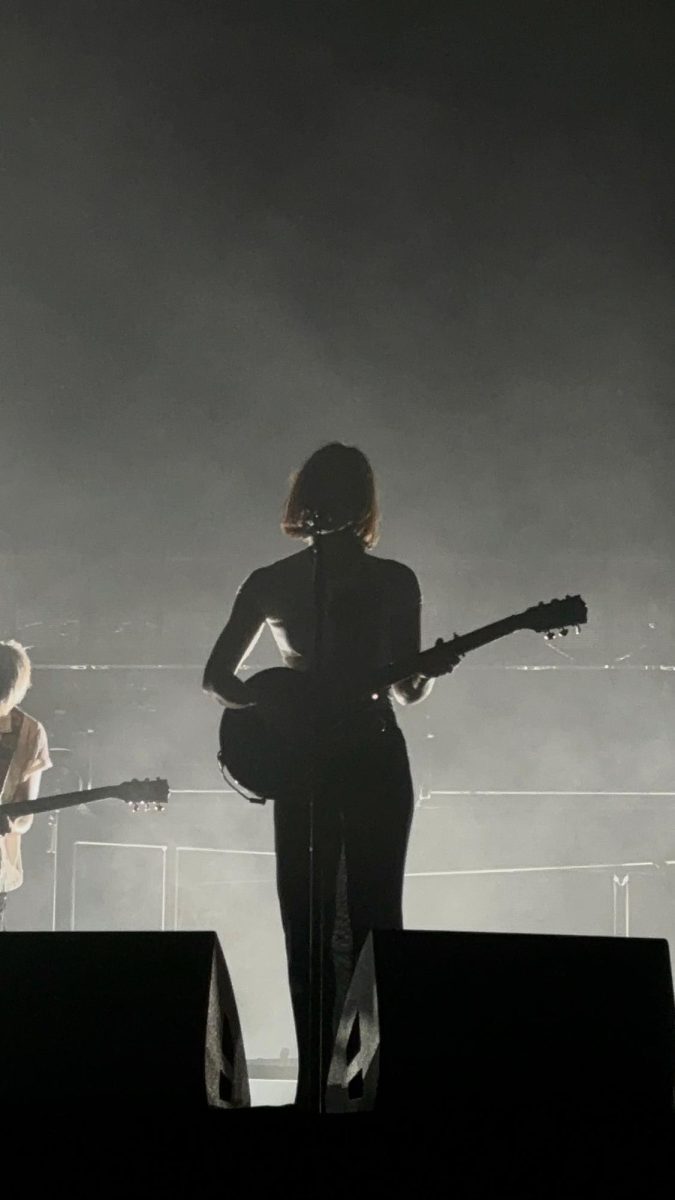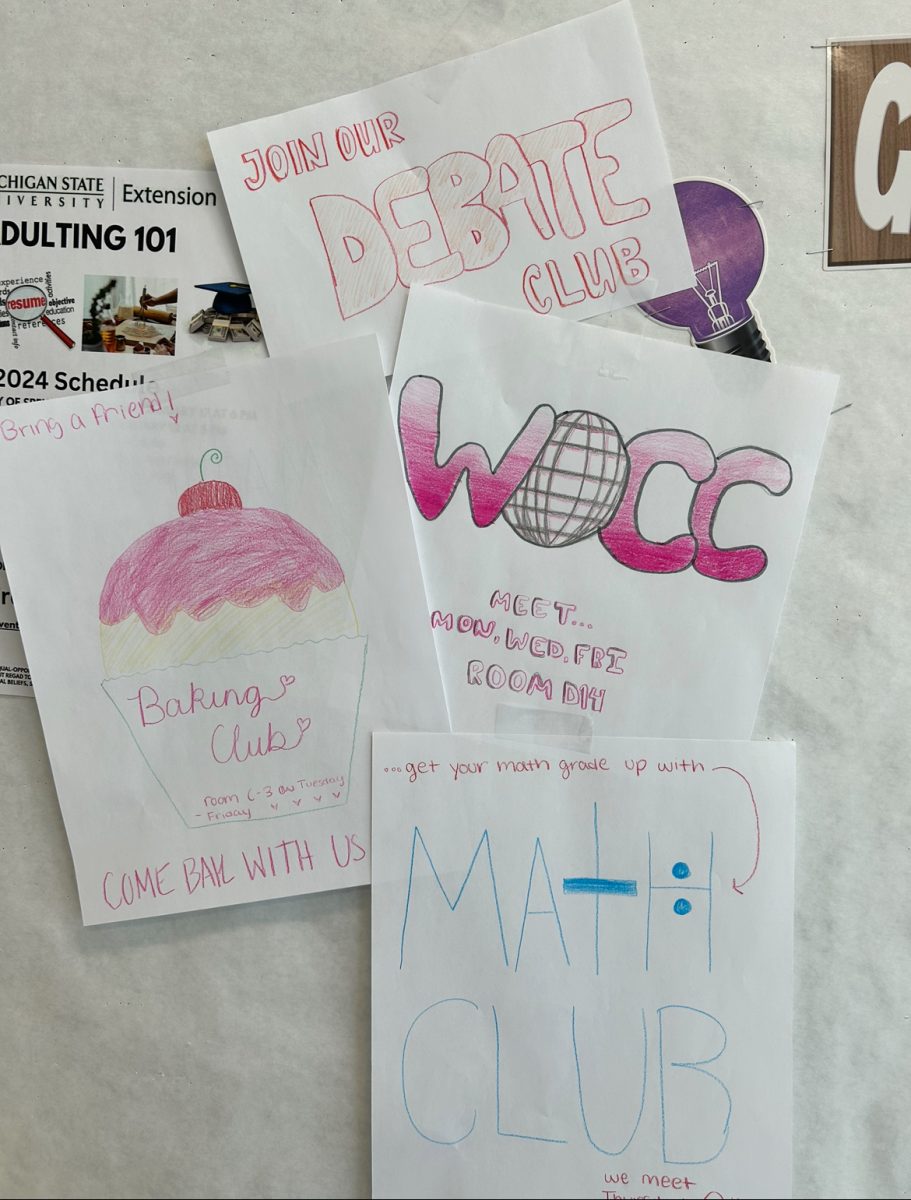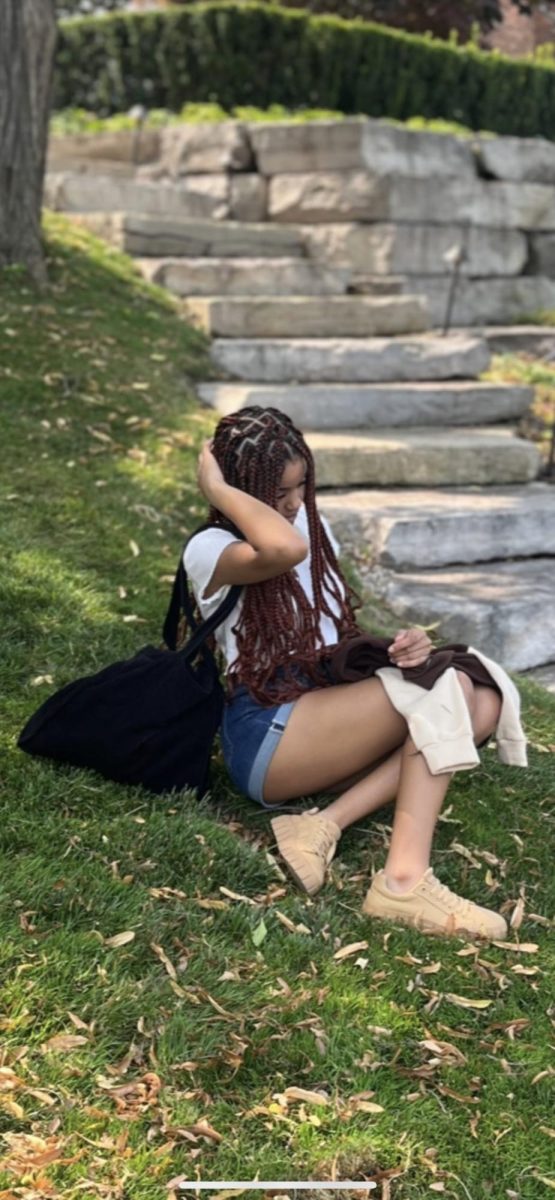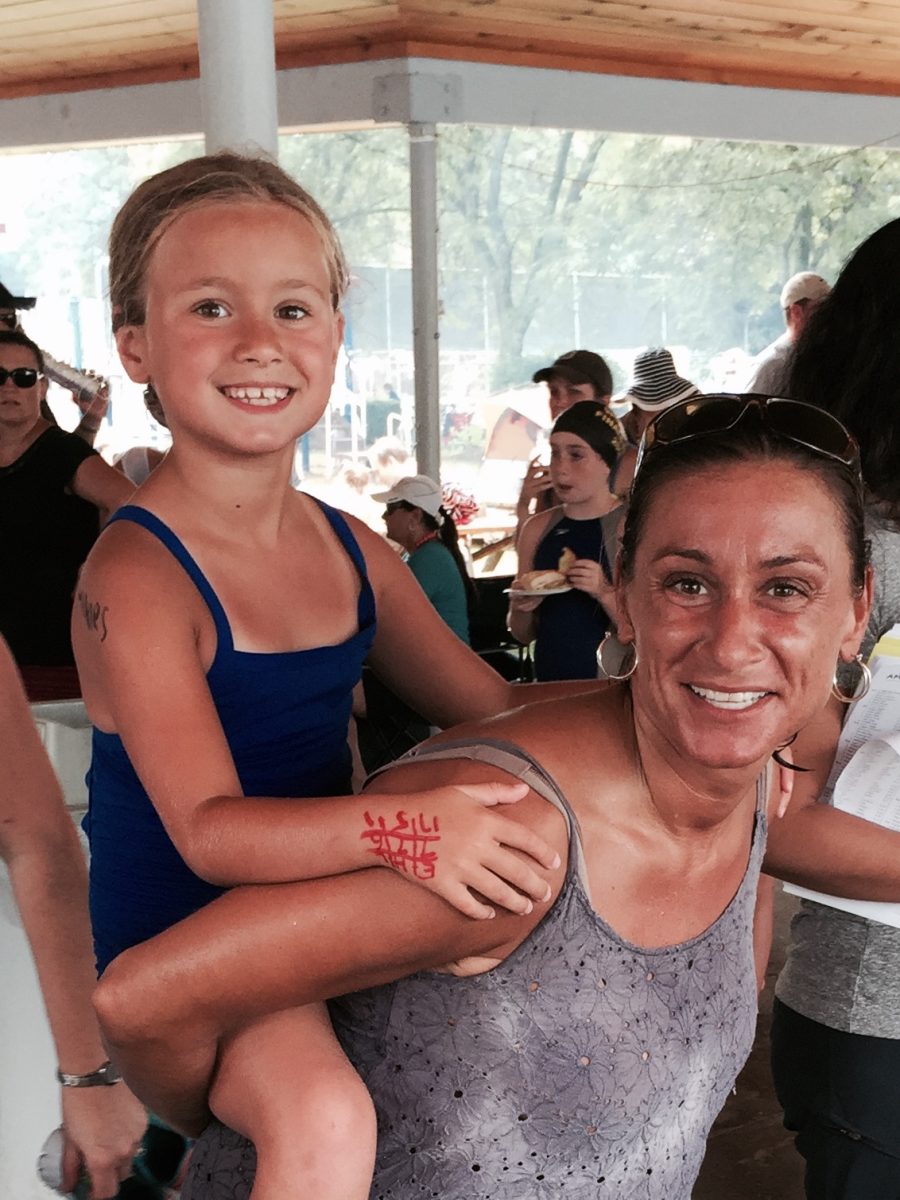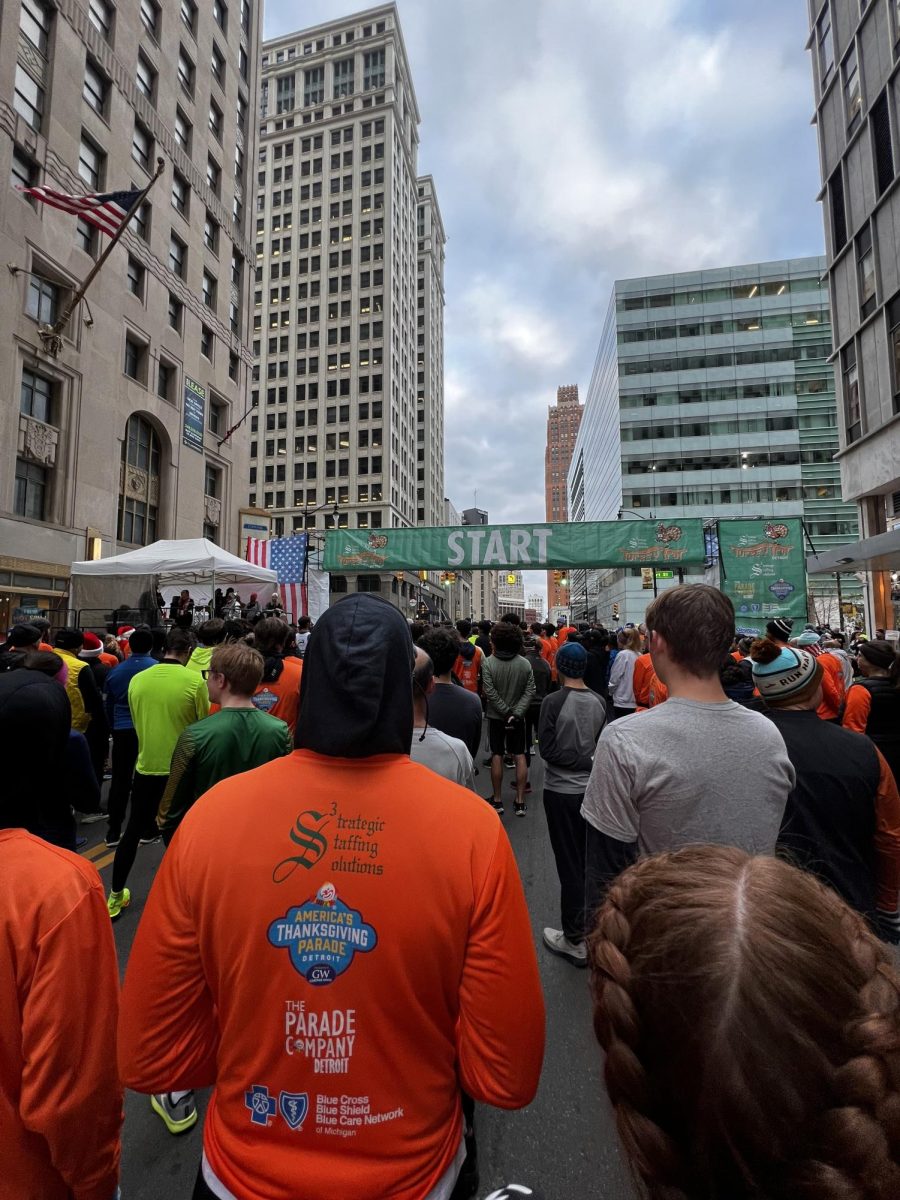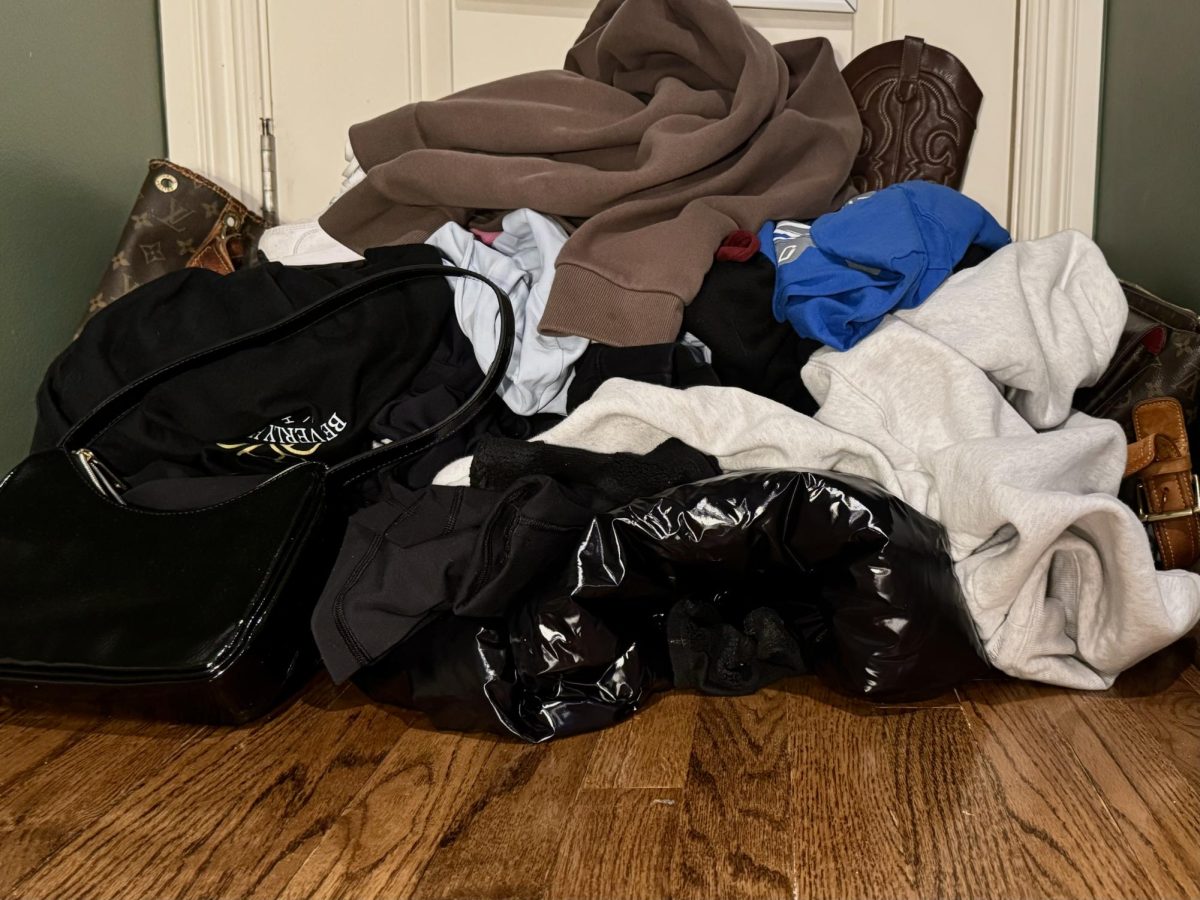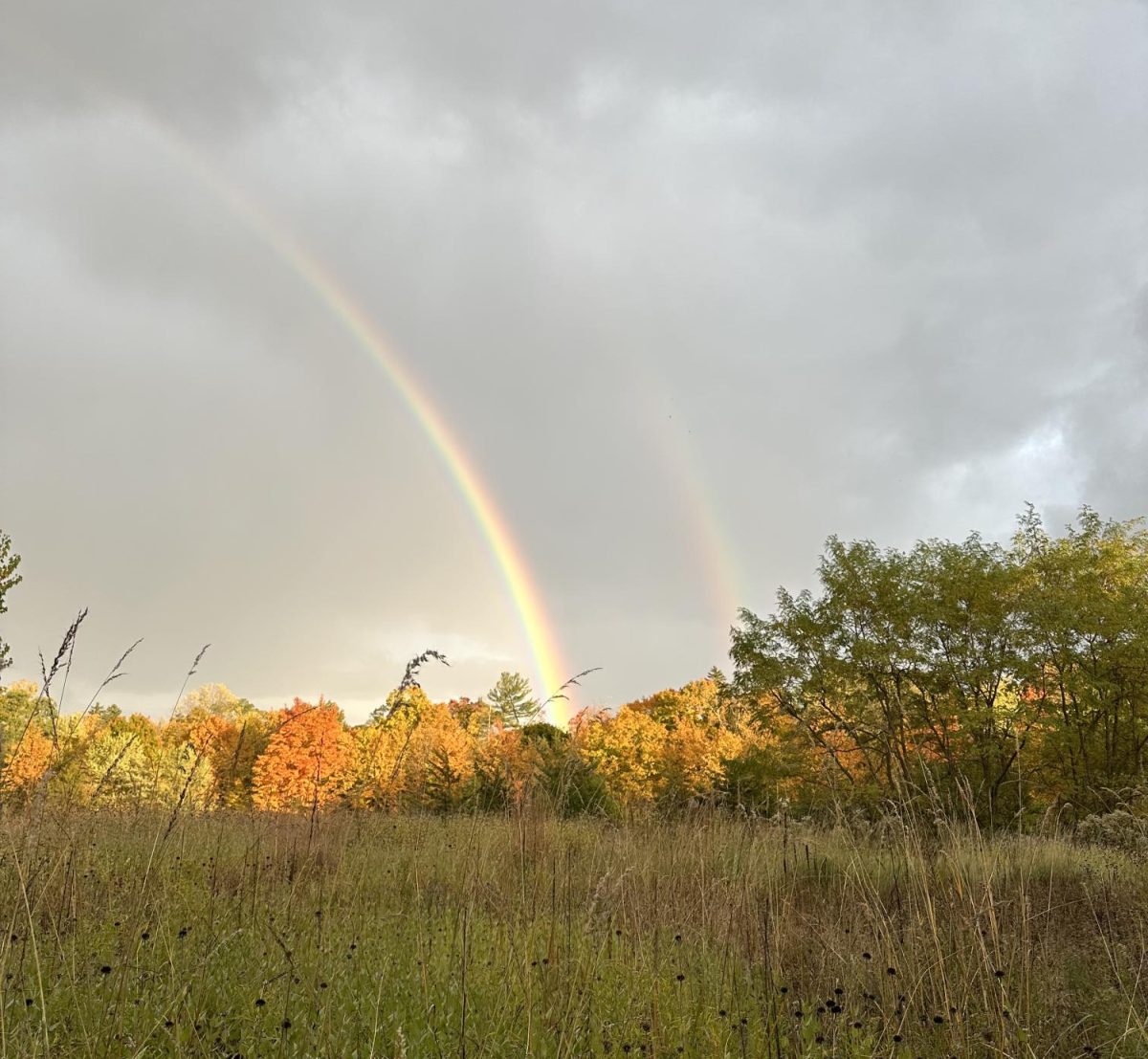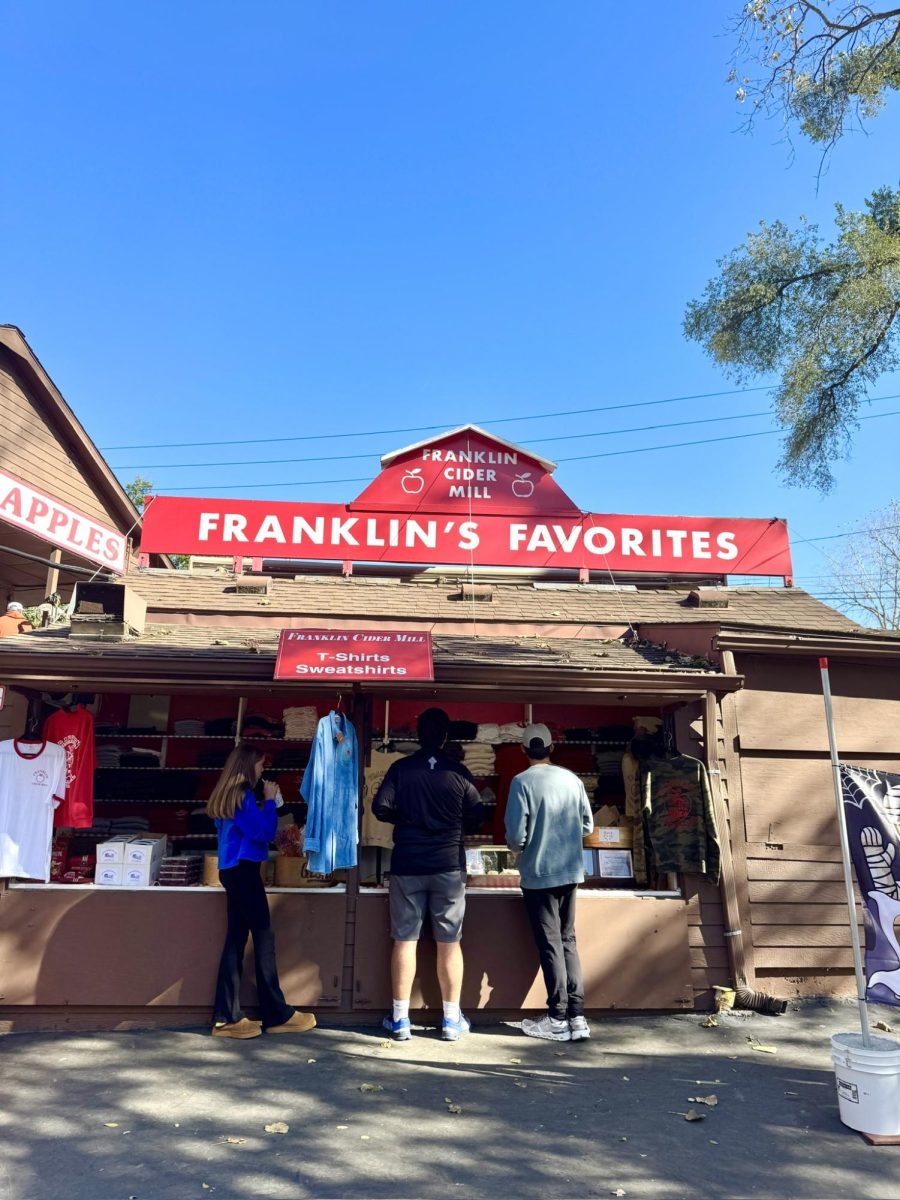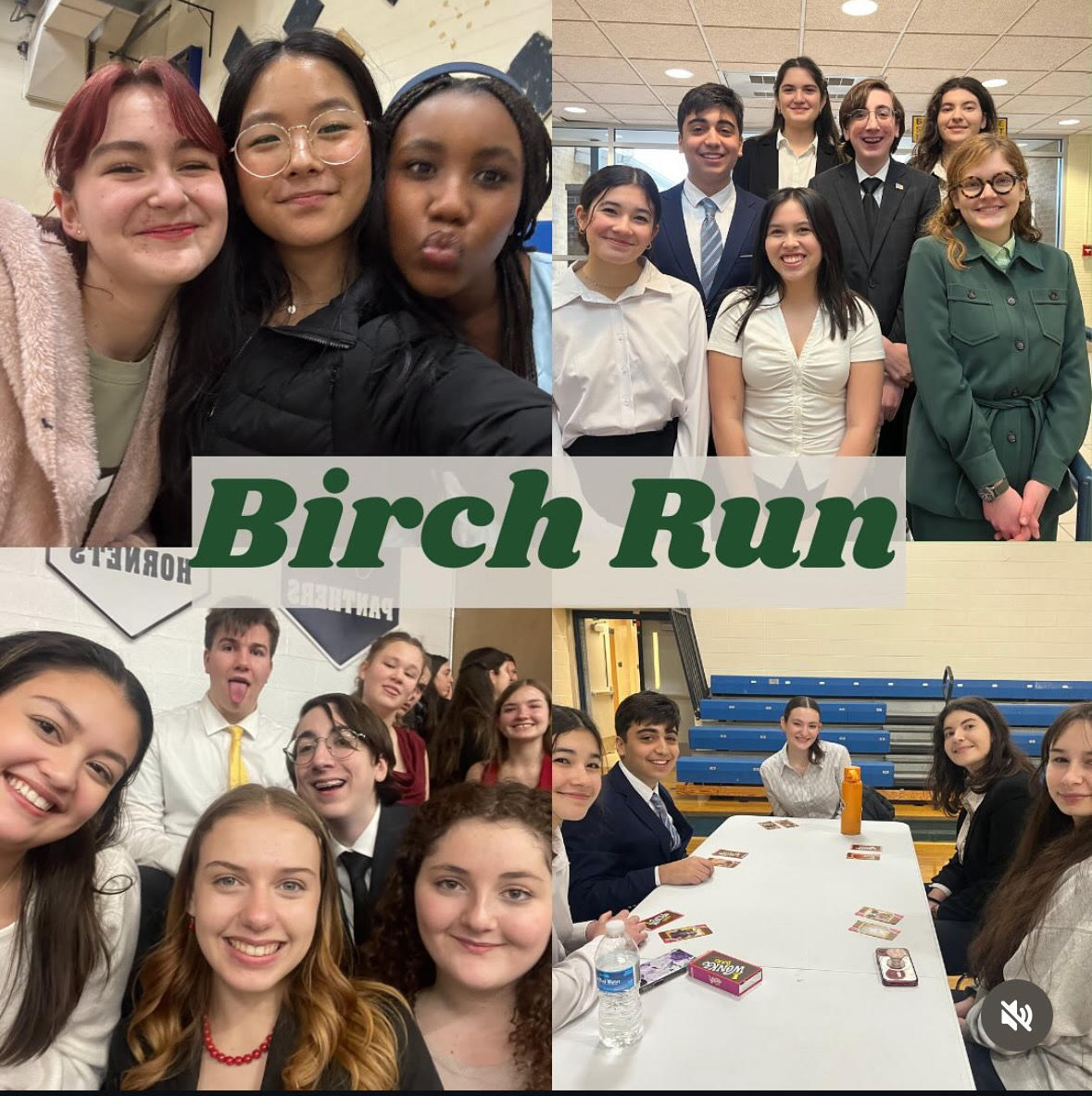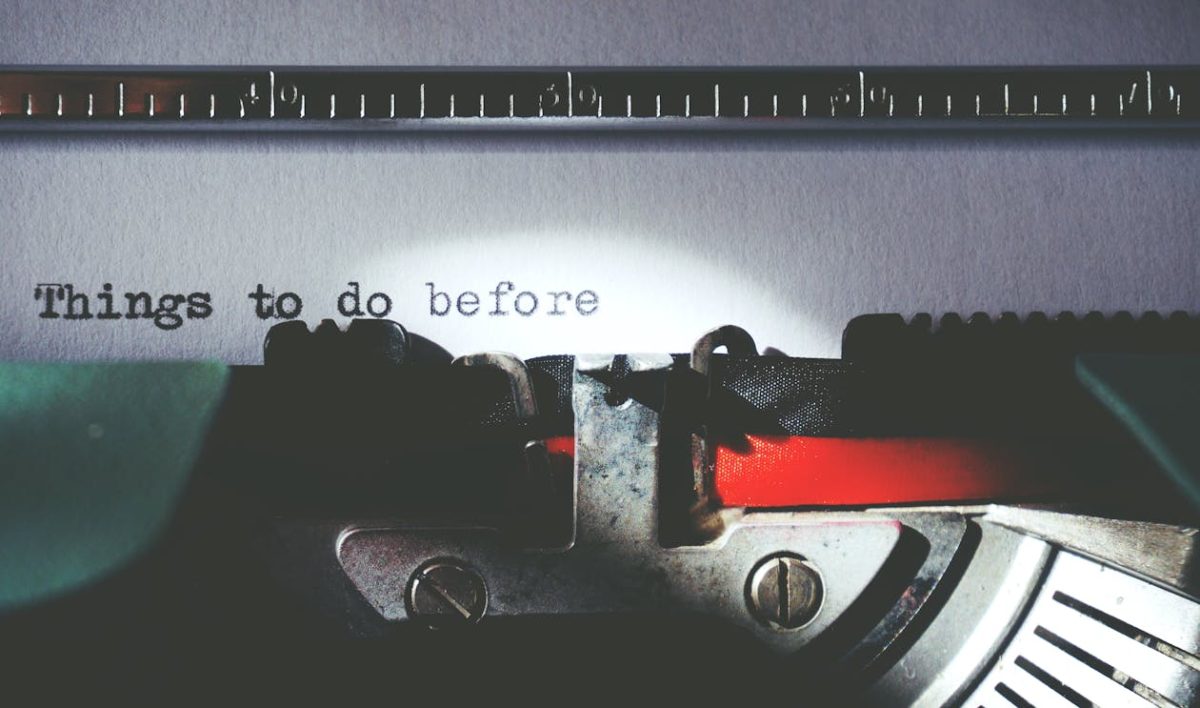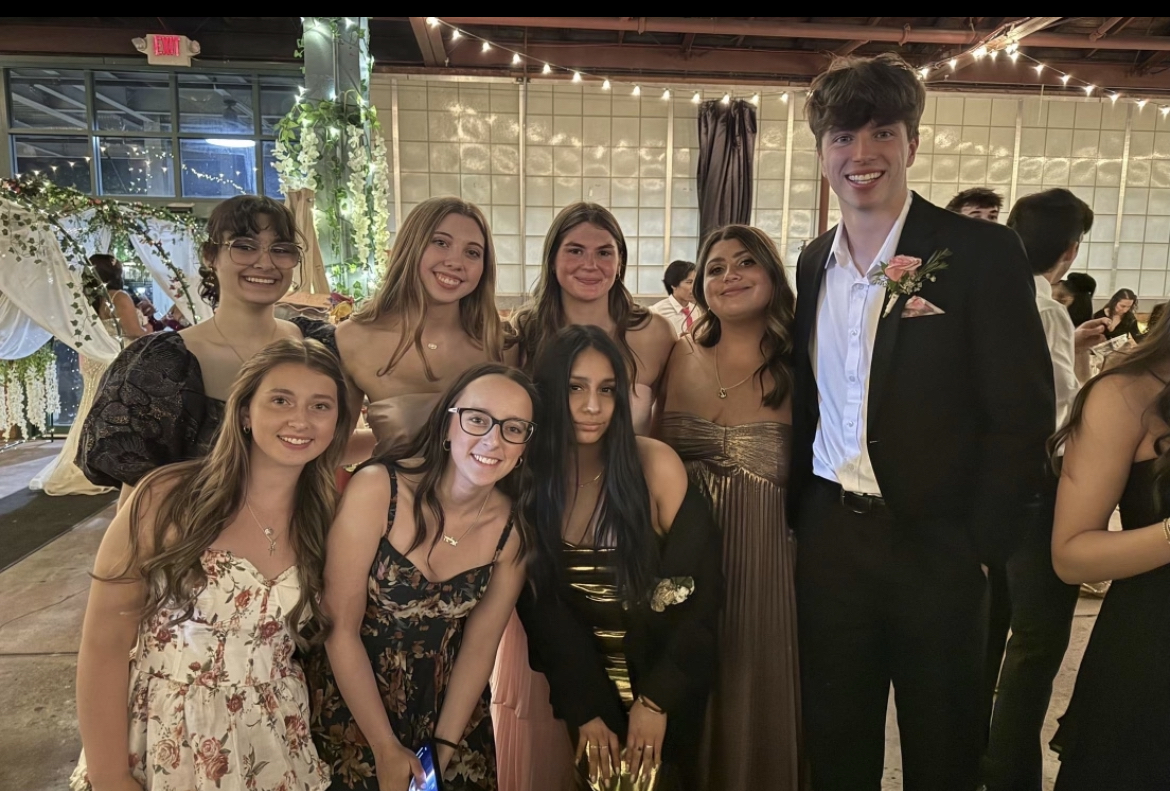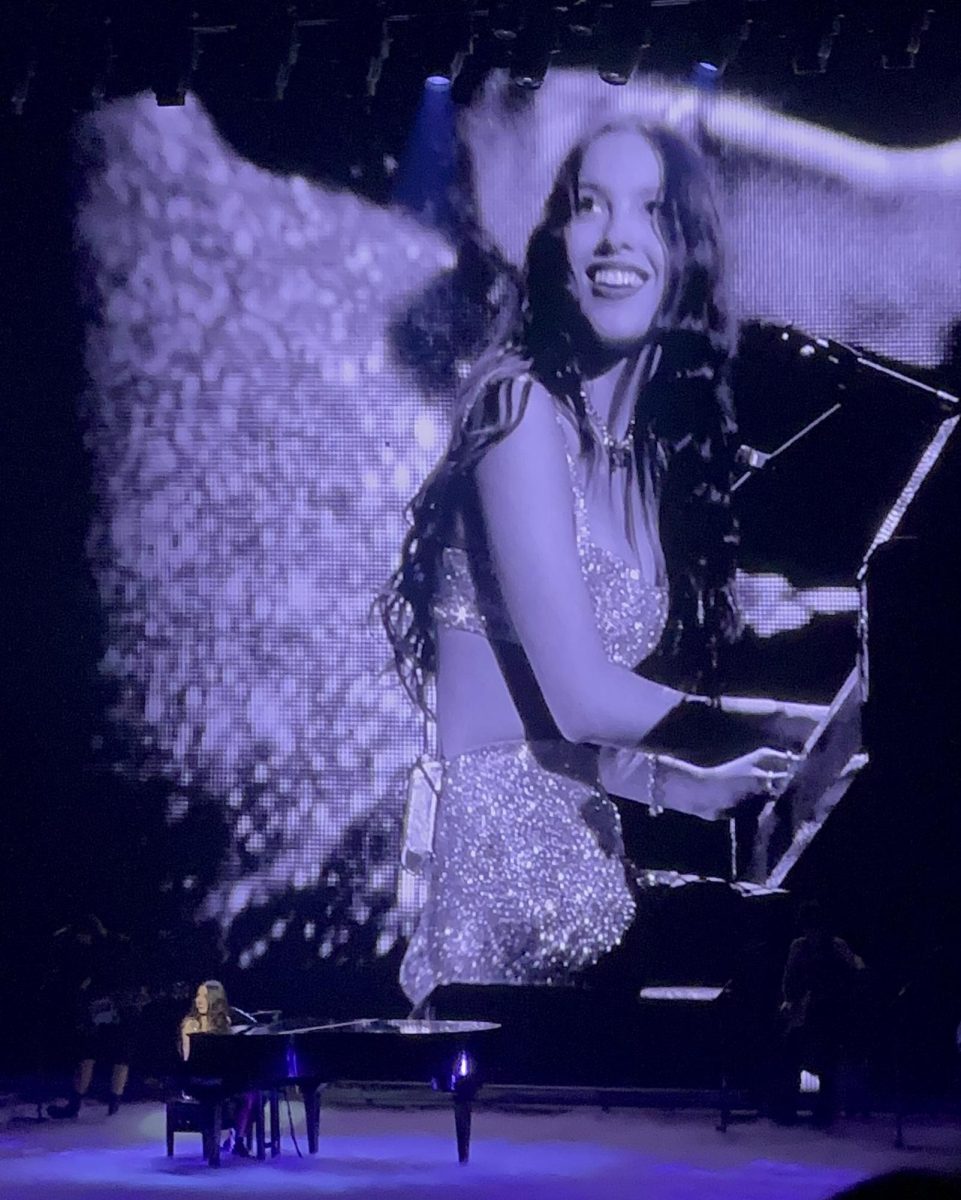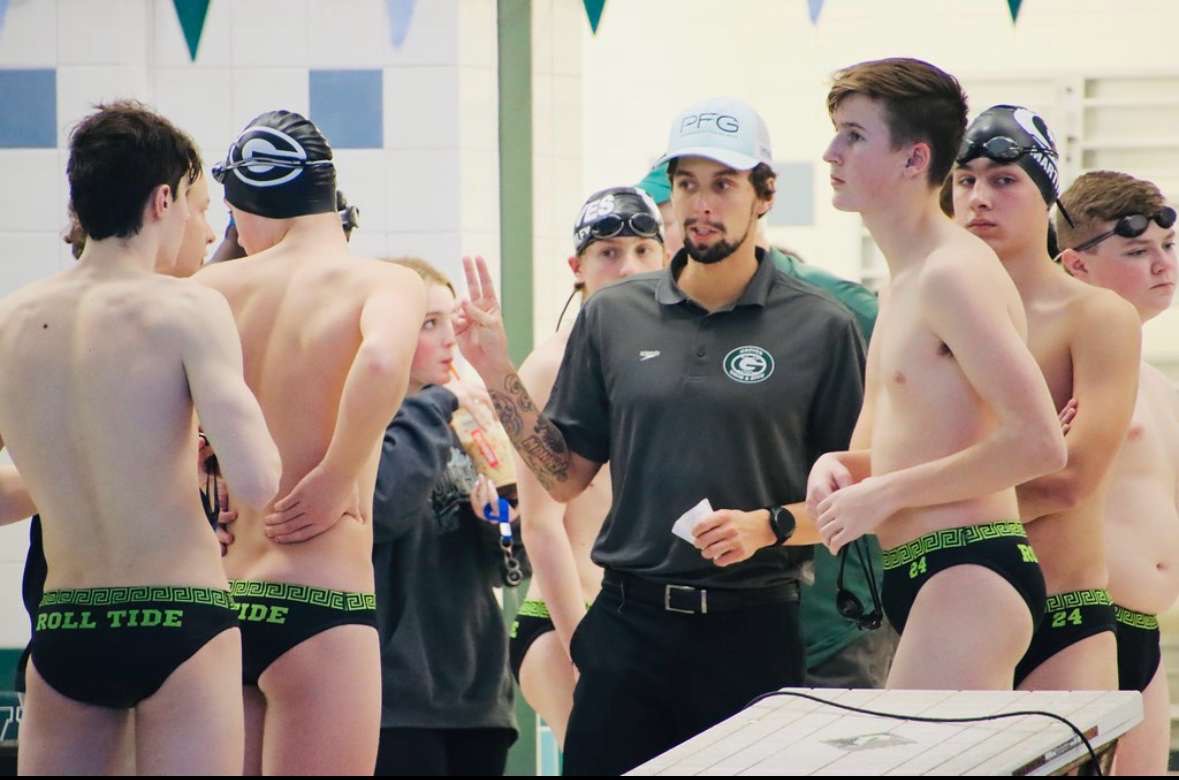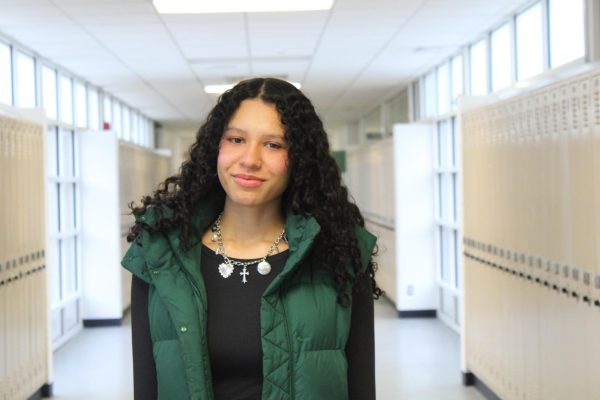The Peer-to-Peer class is an elective at Groves High School that builds empathy, respect, and connections between students: skills vital for personal growth and adulthood. In a world where division often comes from ignorance and misunderstanding, the Peer-to-Peer class creates a bridge that connects students— both those with disabilities and those without— in a way that fosters true community and breaks down harmful barriers. This is one of the only classes available at Groves that allows all students at Groves the opportunity to form meaningful connections and learn from the diversity of experiences other students bring.
Peer-to-peer is an elective class at Grove High School and is available for second hour. The class is also available for all grades to take. This class combines the curriculum for special education and also the standard curriculum. An inclusive setting integrates both general education and special education curriculums offering a flexible and Hands-On approach. It combines face-to-face instruction from teachers but also student-led activities ensuring that the students with varying learning needs are supported and are being included while also keeping in mind they’re accommodations made to address disabilities. This model allows students to address the same content while also providing individualized learning opportunities to help with their strengths but also challenges.
The special education program at Groves provides customized lessons tailored to the needs of students with disabilities. It’s designed to help students succeed in school and is very similar to the general curriculum, with classes often held in separate classrooms. Class sizes in these courses are usually limited due to the lack of classes designed with the idea that they can accommodate all students based on speed, unique learning styles, and techniques. The classes that are a part of the special education department at Groves are often held in separate rooms to support students based on needs, by matching their learning styles; this can cause a separation that can limit the meaningful connections and learning from the diversity of experiences that other students bring.
“There’s a lot of content, and it’s really difficult. So, we have these adjusted classes where students either get a lot of interaction or are in an adjusted class and not getting any interaction” Katie Ehmann, a teacher in the Peer-to-Peer class, said.
At Groves the curriculums often times lack flexibility in most classes they’re not designed to accommodate the varying speeds That Vary between students and their learning and or the different techniques they need to succeed this creates a situation where students who require additional support or Alternative Learning methods are often placed in separate classrooms and settings away from their peers as a result there are fewer opportunities for students to interact with one another who might learn a different Paces or use different strategies The Limited availability of inclusive classes that are designated for all learning needs leads to separation of students preventing them from forming meaningful connections that also benefit from each other’s perspectives this division can often times cause ableism: discrimination based on the belief that people with disabilities are inferior, often resulting in harmful and inaccurate generalizations.
“There are a lot of misconceptions about kids with disabilities. Educating students about disabilities […]allows our students with disabilities to have positive peer role models, authentic friendships, and inclusion opportunities,” Stephanie Phillips, a teacher in the Peer-to-Peer class, said. By incorporating different perspectives and experiences into the classroom students learn how to include it’s important others with different needs which basically promotes accessibility and inclusion however it’s very vital to make sure that accommodations for students with disabilities are effective but also thoughtful often times accommodations are made without a clear understanding of their purpose or how or if they can truly help in the peer-to-peer class students learn how to interact with someone who may communicate differently or offer help without being patronizing or navigating different various needs of others students based on what’s discussed these lessons help students build skills that go beyond service level support which helps overall The Groves environment and understanding the idea of respect.
For example, Phillips and Ehmann’s presentation on respectful communication with individuals who have verbal disabilities opened students’ eyes to the importance of patience and listening. It’s not about speaking for them or pretending to understand; it’s about asking questions and letting them know they are heard. Small actions like not speaking in a “baby voice” (no matter how well-intentioned) can make all the difference. The slides also encourage self-reflection by asking questions with class engagement asking students thoughts or comments on what the students learned inorder to encourage the information.
“It helps students who have trouble getting closer to other students,” said Jaiden Emrick, a student in the class. Peer-to-peer creates an environment where students genuinely learn from one another. The curriculum creates low-pressure settings, such as watching movies, participating in team activities, and sharing hobbies, which encourages conversations that peel back layers about all the students in the class. These shared moments highlight that people are more than just their skin color, disability or gender, which encourages connections that go beyond surface-level differences.
A visit to the class revealed a distinct difference in the dynamic compared to other classrooms at Groves. Students were seated together in a mixed arrangement where students could have conversations that led to sharing personal stories; no one was left out. In life, people with differing abilities and skills must work together. It’s rare to see students offer a hand to a peer, but this class encourages it during recycling days.
“There are different groups, and you get to talk and bond with other students while going around the school and recycling,” Ty Thomson, another student in the class, said. When recycling, each student has a role within the small groups they are divided into— collecting cans from classrooms to use as a deposit. (They later use the money for cooking days in the class.) While they walk the hallway, they have conversations and individual time without being restricted to a seat, they wave to classrooms as they take their cans.
“Everybody’s different. Take your time and learn,” Thomson said. This reflects the development students have and how other students in the class become understanding of one another. Thompson recognizes that everyone can go at their own pace and diversity and shows personal development through patience and the ability to be thoughtful. This is a long-term impact of showing the importance of approaching every situation with patience and understanding; a lesson that is desperately needed not just in the classroom, but in the world.
Too often, differences are met with ignorance. Peer-to-peer offers students the tools to break down those barriers and recognize helpful and harmful behavior to be aware of them. This can include recognizing when to stand up for others when someone is being treated unfairly and speaking out against discrimination.
“There are issues in the lunchroom where some kids take advantage of kids with disabilities. The friends of these kids aren’t the ones stepping in as advocates around the school, telling others to stop doing that,” Phillips said. While students with disabilities face overt discrimination, the larger school community often remains silent— either because they don’t know how to intervene or because they are afraid of doing so. Peer-to-Peer challenges that silence. It empowers students to be vocal advocates for inclusivity and respect.
To create more advocates around the school and to teach students, Mencotti—the 3rd teacher who helps run Peer-to-Peer— Ehmann and Phillips, is working to have more classes available with the blended curriculum format. There is a clear need for more classroom settings that accommodate all students and can equip teachers by showing them how to be flexible and meet all needs. However, Peer-to-Peer remains an underutilized class at Groves High School. Many students aren’t aware of the class or aren’t motivated to take it.
“We’re trying to promote this class alongside my students’ daily living class,” Phillips said, with the hopes of expanding enrollment and reaching more students. Both the daily living class and peer-to-peer encourage a change in mindsets by utilizing a curriculum that accommodates all learning styles. The Peer-to-Peer program, which began last year, has already shown tremendous potential, but its goals for the future go even further.
When Ehmann started working at Groves, her students would attend classes, but they sat with their peers without truly connecting or benefiting from the experience. Using this feedback to shape the vision for the ultimate goal, the aim is to expand the program and create other similarly structured classes, ensuring all students at Groves have access to diverse learning experiences through engaging in collaborative learning with a curriculum that encompasses all types of disabilities.
As part of their effort to refine the Peer-to-Peer program, Mancotti, Phillips, and Ehmann Phillips visited schools such as Seaholm, Bloomfield Hills, and Farmington Hills to observe how they structured their programs. This allowed them to tailor the class to the diverse makeup of the students.
“I learned more about what the class does, and I became excited about it. It can change something within them,” Starks, a Groves counselor, said. Many people only learn the importance of empathy and understanding through lived experiences. These experiences are crucial, as they reveal how discrimination—whether based on race, gender or any other difference— can be internalized, perpetuating negative beliefs and affecting the culture around us. This class seeks to challenge those beliefs by reframing how we view one another, encouraging a mindset shift that recognizes everyone’s inherent worth— no matter their differences.
The power of this class lies in creating a supportive environment where individuals can break free from faulty beliefs and strengthen core values. By emphasizing perceived strengths, we motivate those who face discrimination to succeed and rise above challenges. Often, society buffers the negative effects of bias, but for individuals experiencing these hardships, it can feel isolating. Overcoming discrimination can build resilience, but it can also take a significant toll on mental and physical health. This class provides not only the tools to address microaggressions and daily discrimination but also a vital support network. It empowers students to recognize that their experiences are real, that they are not alone, and that they have a community that understands and validates their feelings. In a world where people often mask their struggles, having a space where you can share and be heard is essential. This class fosters that sense of belonging, helping to build the resilience needed to stop discrimination at Groves ultimately.
The more students have access to this transformative class, the more we can begin to reshape \the view of people with disabilities within Groves. Too often, ignorance leads to the harmful belief that there’s something inherently wrong with individuals who have different needs. The truth is, these needs are just variations of human experience—they’re not flaws. Everyone requires support at different times, but that doesn’t make them any less capable. However, when society holds people with disabilities to lower expectations, it strips them of independence and control over their own lives. This is not just about accommodations in a classroom; it’s about breaking down harmful stereotypes that view disability as a weakness or something to be ashamed of. It’s a social change that must happen— one that challenges the assumptions people have about what individuals with disabilities can achieve. A vital role in creating that shift, fostering inclusion, and pushing for a school where all people are empowered to thrive.

